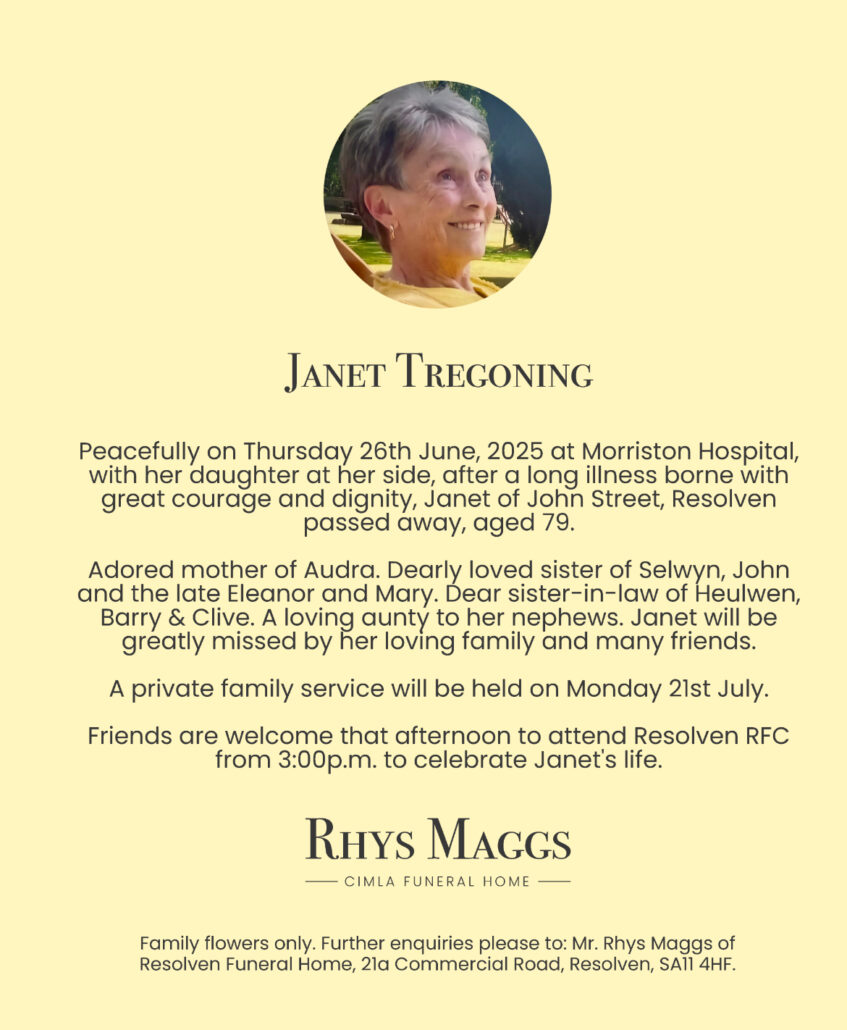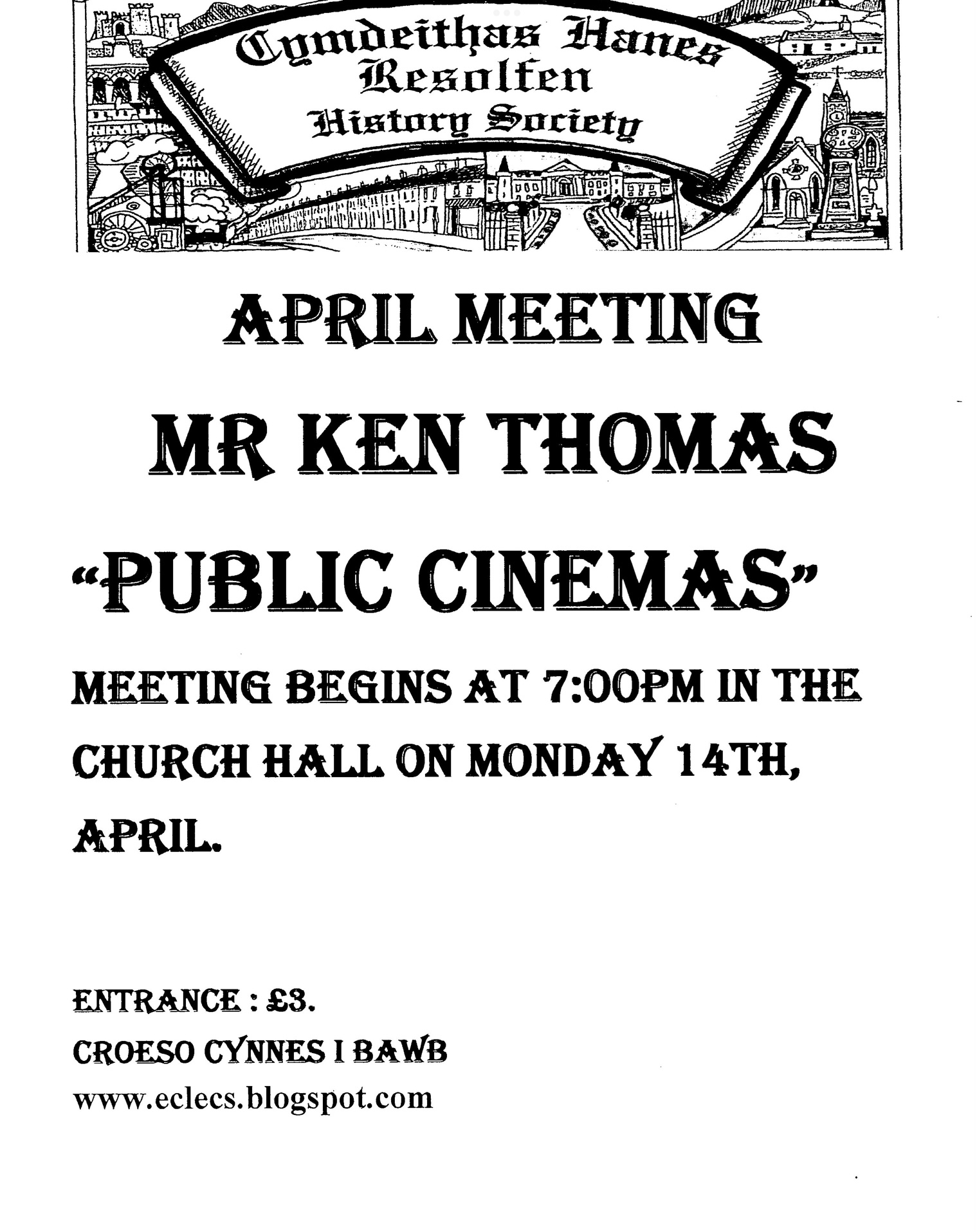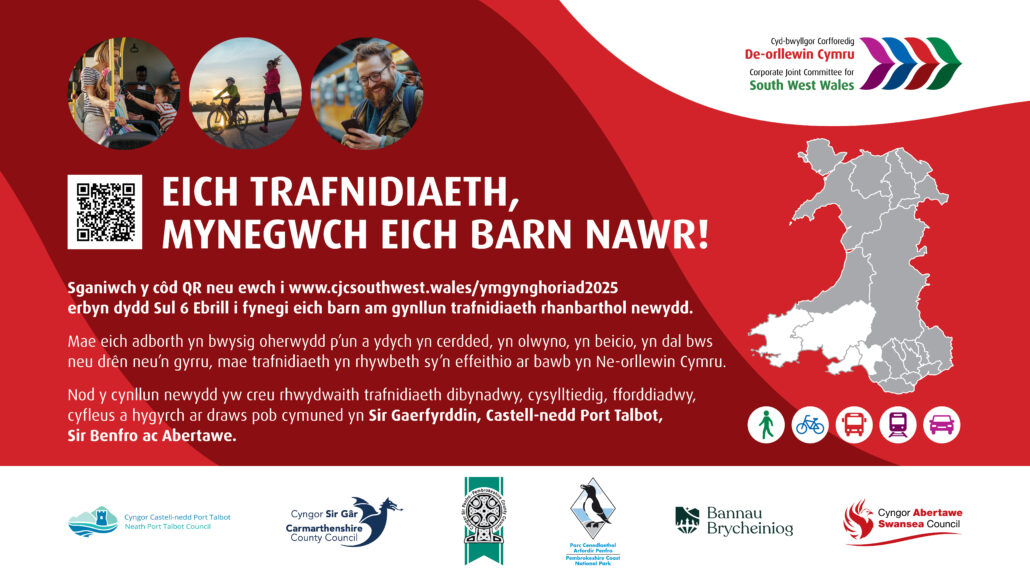Resolven’s Latest International Bowler

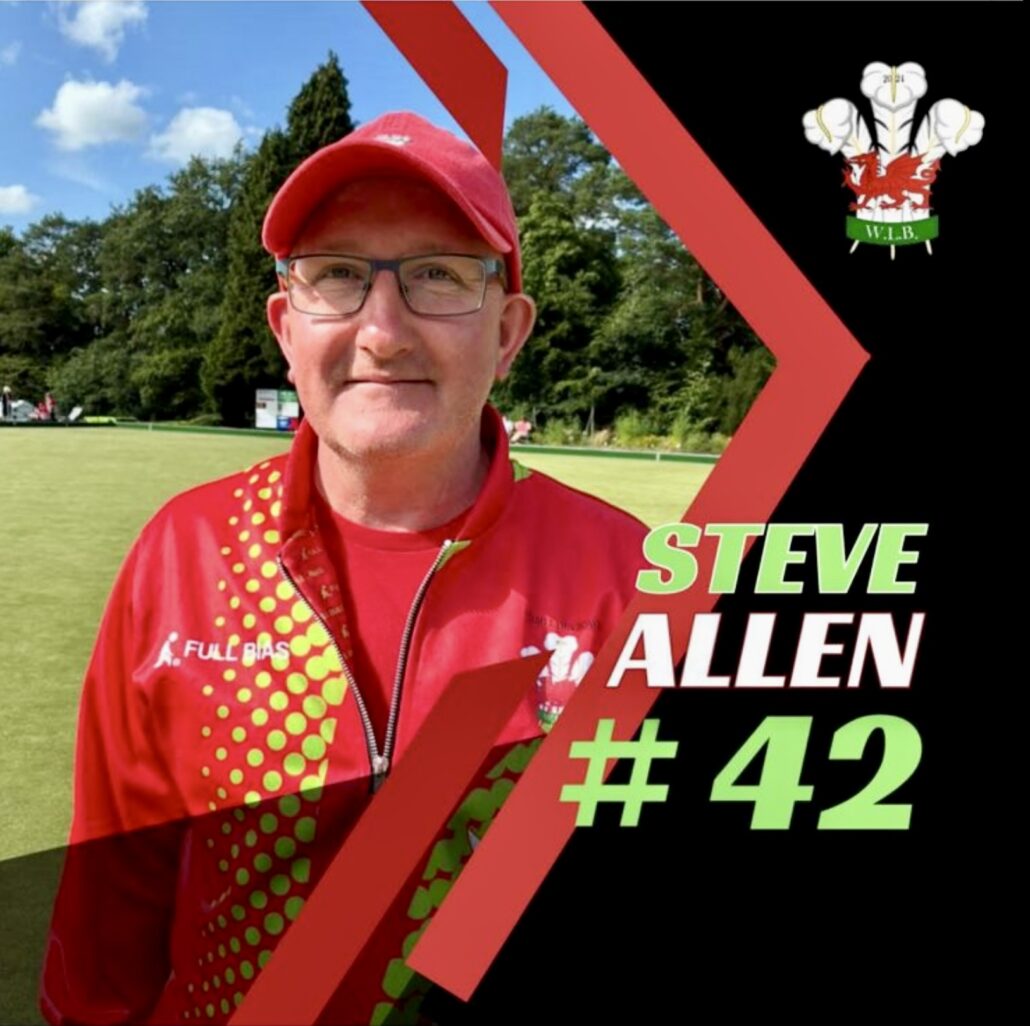
The name change of the Governing body of bowls in Wales to ‘Welsh Lawn Bowls’ was only a couple of years ago so the number of new ‘Caps’ since the change has been few.
Resolven Bowls Club’s Stephen (Steve) Allen has just completed playing in his first Outdoor International Series at Llandrindod Wells against International teams from England, Scotland, Ireland and Jersey
~
Stephen with his Fours team mates at Llandrindod Wells

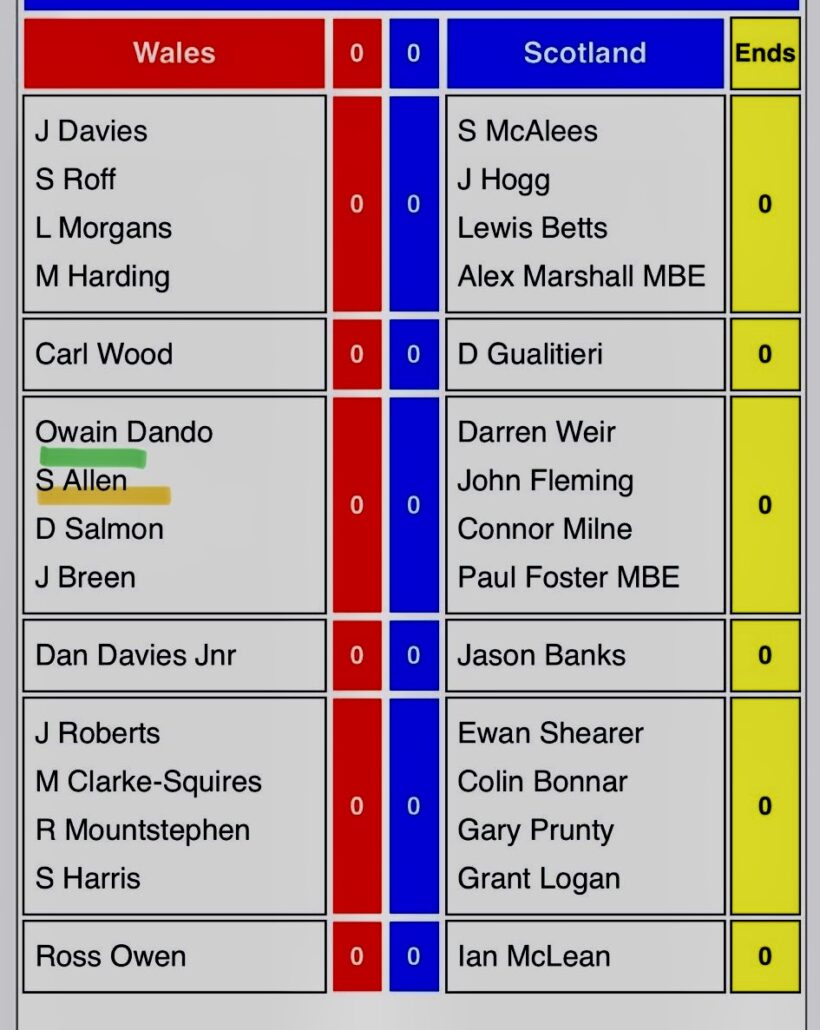
Resolven Bowls Club Members and all the bowlers at Resolven are very proud of Stephen being awarded his first Outdoor International cap.
Congratulations to Stephen from RDN on his achievement.
~ ~ ~
Note: Representing Pontardawe Indoor Bowls Club Stephen became a Welsh Indoor Bowl’s International in 2017 as did Simon Ace, Resolven Bowls Clubs long serving General Secretary. RBC have the Ace name continuing with Simon’s Son Regan playing Junior International bowls.
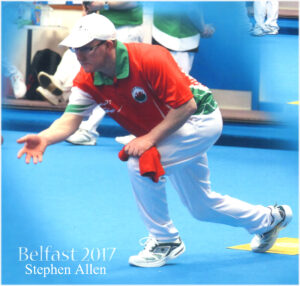
~ ~
The playing surface and condition of the Resolven bowling green has been the envy of many South Wales clubs due to work carried out by volunteers with the cooperation of the Resolven Community Council.
RBC continues to be blessed with very good bowlers and in previous years Andrew Hopkins, RBC Chair has been an Indoor and Outdoor Bowls International player with Simon Williams and Richard Ace being involved also.
Many of the International bowlers who were at Llandrindod Wells representing Wales will be visiting Resolven Bowling Green on the 3rd of August to participate in a Tournament to celebrate the 93rd Birthday of Resolven Bowls Club.

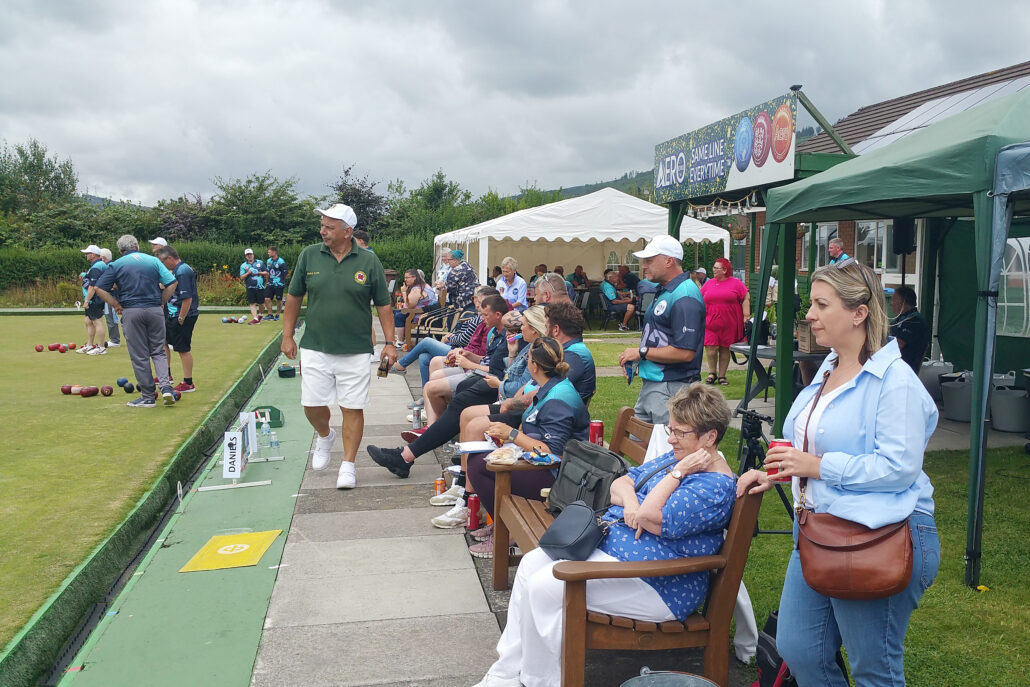
~ ~ ~ ~
Resolven & District Amateur Operatic Society – The Late 50’s
Part 3
1955 – 1959
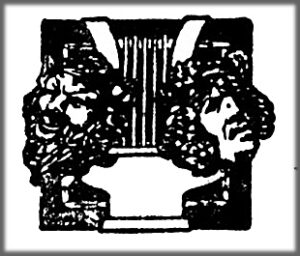
The time before the start of 1955 proved a sad and difficult time for R&DAOS when they lost two valuable members of the same Family, Blodwen (Blod) Davies a leading soloist and a very popular lady in the community and her brother W. Evans Davies, Committee member and Wardrobe Master, both who were very active and had been faithful founder members of the Society since 1926.
As reported previously in our second R&DAOS publication, practices for cast and chorus in 1954 were well advanced and although Mr Glyn Davies recovered quickly after being hospitalised, the production of ‘Merrie England’ had to be postponed until May 1955.
For the 1955 performance another Producer had to be found so Joseph ap Morgan, from Gwaun-Cae-Gurwen agreed to produce this new show for the Society.
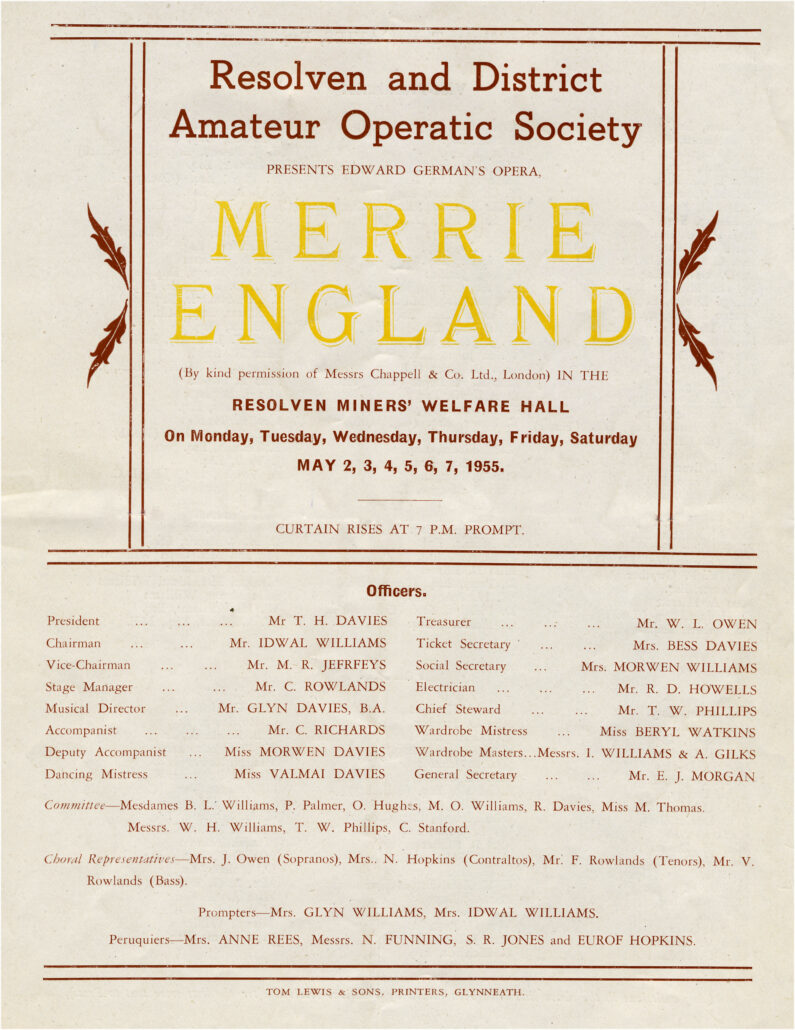
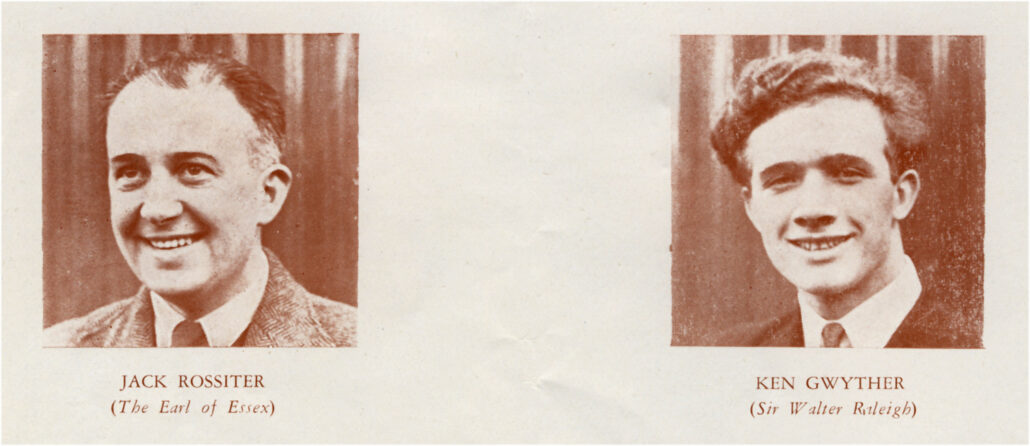
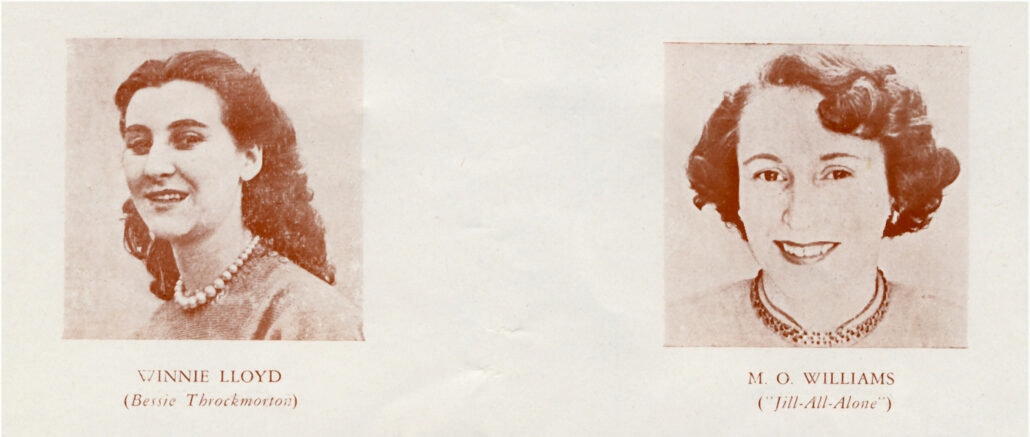
…………………………………………………….
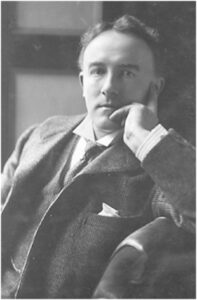
Merrie England, is a patriotic story of Love and Rivalry, and was first performed in London in 1902. The story is set during the reign of Elizabeth I and is an English Light Comic Opera by Edward German. An English composer of Welsh descent best remembered as a successor to Mr Arthur Sullivan in the field of Comic Opera, with Merrie England being one of his most famous, and still performed by Amateur Societies. He was also a prolific writer of Symphonies and Orchestral suites of which his Welsh Rhapsody is best known. Interestingly, his first name was German which was an Anglicised form of the Welsh name Garmon. (A Welsh word for ‘hermit’). At the age of 18 he entered the Royal Academy of Music where he changed his name to Edward German. He never Married and died in 1936.
………………………………………………………
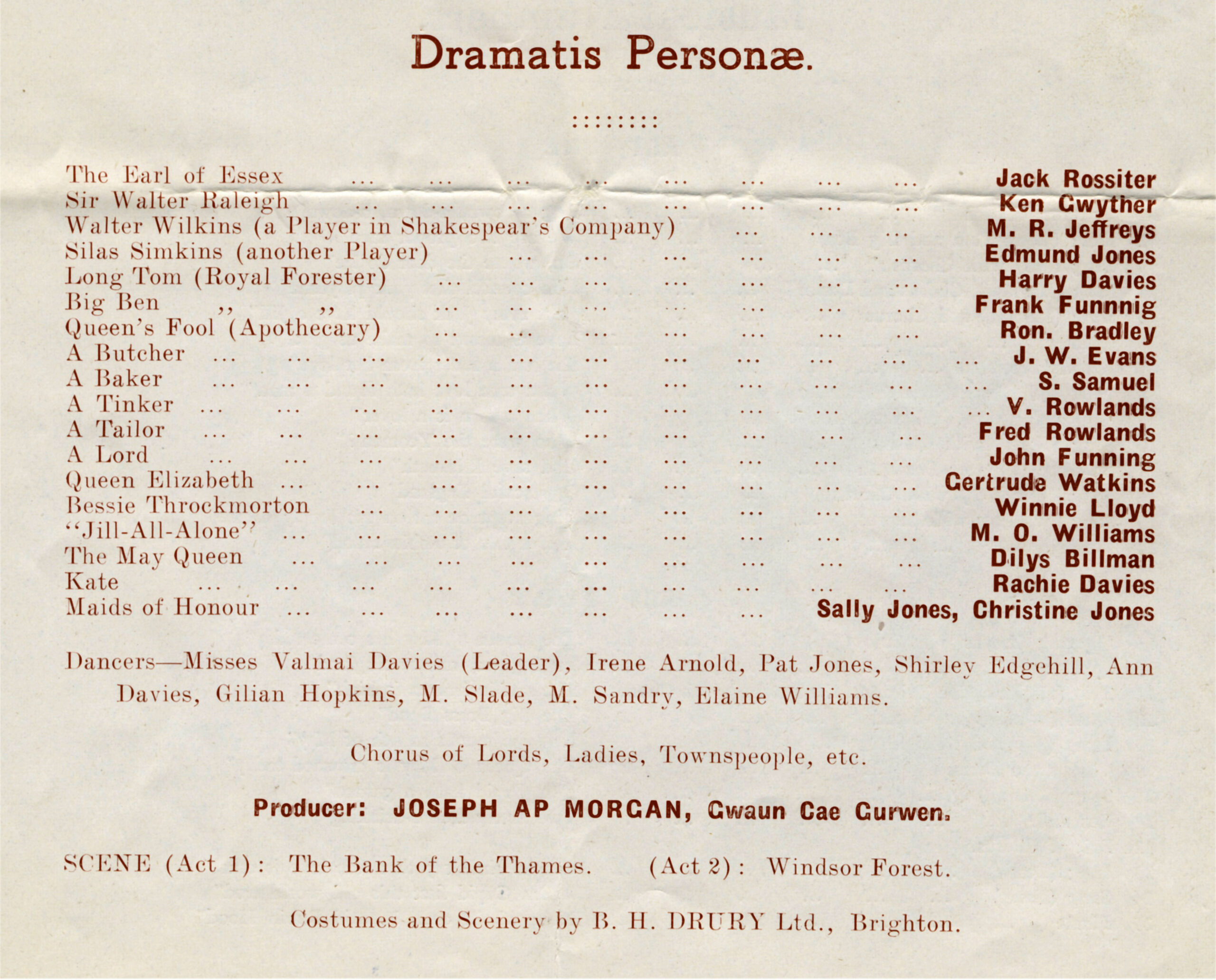
The show ‘Merrie England’ was a big challenge for the Society as not only was it new to the Society it presented quite a few problems due to there being seventeen main characters, besides a large chorus, eight dancers and two handmaidens.
Although the stage size was adequate for the number of artistes, the back stage facilities were extremely limited with only two dressing rooms, (the size of a normal ‘front room’ in a village house) – one for men and one for women. There was a small toilet in the corner of each room.
The perruquiers (make-up artistes) also worked their magic to create stage characters in the same small rooms, which must have been a difficult and uncomfortable job in that environment. Make-up was required and necessary because of the powerful lighting used at that time.
The work that goes on behind the scenes to produce and prepare any show is sometimes overlooked and it is interesting to note that in the Minutes of a General Meeting in 1955 it is written that-.
“We must not forget the ‘Back Room boys’ under the able management of Mr C Rowlands, without which no opera could be performed unless we have such personnel. Our congratulations we readily extend to Mr Rowlands and his assistants.”
“Also Excellent work has again been carried out by our Social Committee, and Mrs Idwal Williams, the Social Secretary, and her Committee are to be congratulated too.”
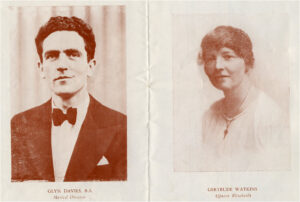

One of the highlights of the show was the colourful dance routines. There were eight dancers with Miss Valmai Davies leading the dancers. She was well respected and the Society were fortunate to have the services of such an accomplished young dancing teacher. Her contribution to the show was clearly part of its overall success as it was a show that was very different from a Gilbert & Sullivan Operetta and the Composer Edward German was lesser known but the production was reported as beingl well received and enjoyed by the audiences.
.
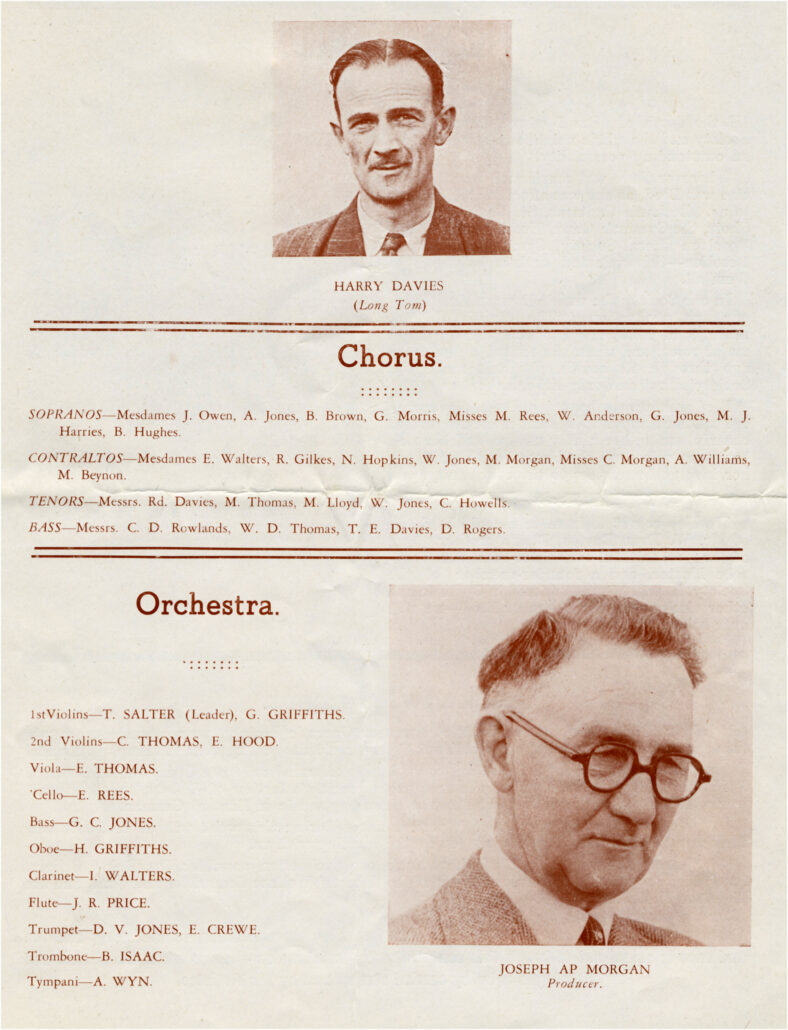
~
In 1956 a return was made to the Gilbert and Sullivan shows for the next production, but this time two operettas were chosen, ‘Trial by Jury’ and ‘HMS Pinafore’. These two shows are often performed together as they are shorter in length from other operettas. Mr Richard Jones, Penrhiwceiber returned to the Society and was able once again to produce the show. The full ‘Opera Week’ returned with the performance dates of April 30th – 5th May 1956.
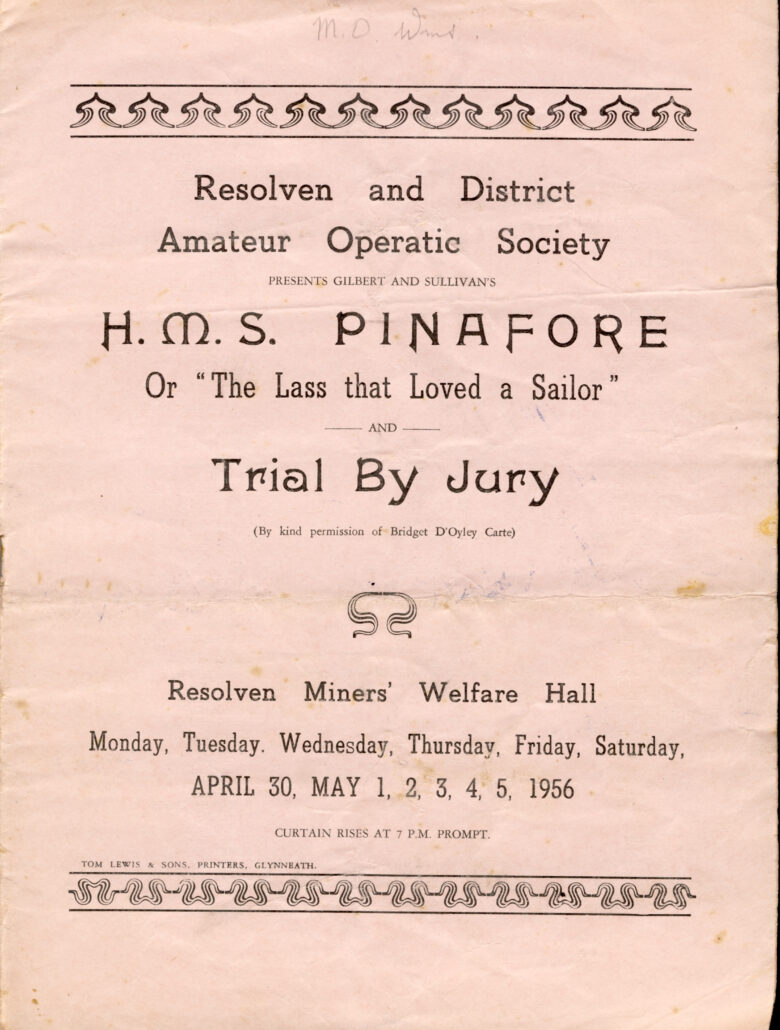
A feature of the production of ‘Trial by Jury’ was that the chorus improvised with their own costumes for the scene of the general public in the trial. This proved effective on stage and meant, of course, that it was also an exercise in cost saving.
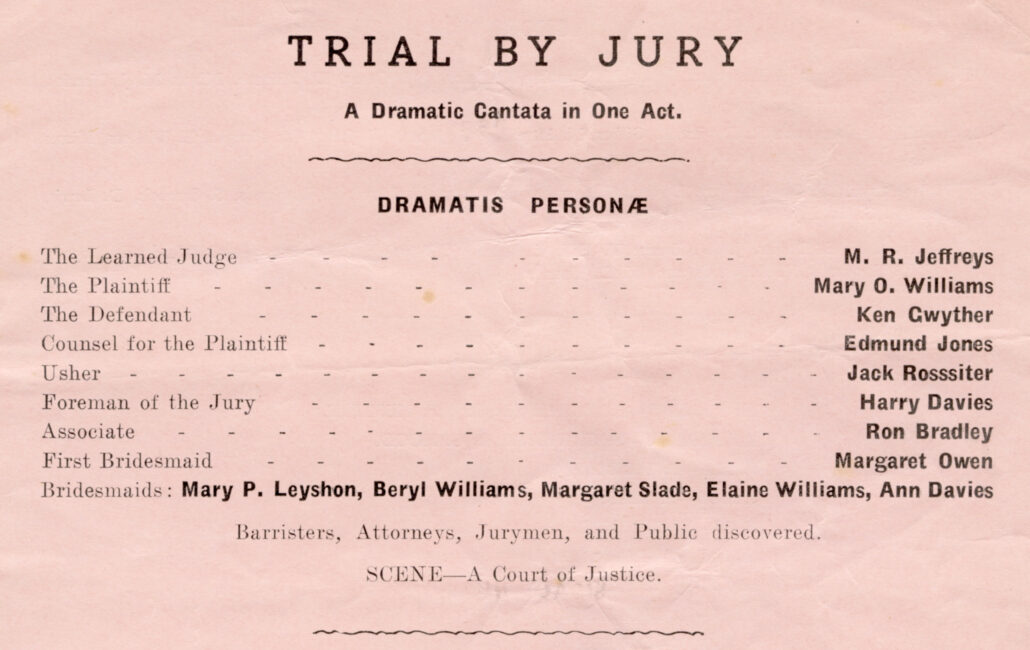
For the production of HMS Pinafore, Mr Idris Morgan who played Capt. Corcoron and Miss Megan Hopkins who played Josephine returned to the Society after some years’ absence
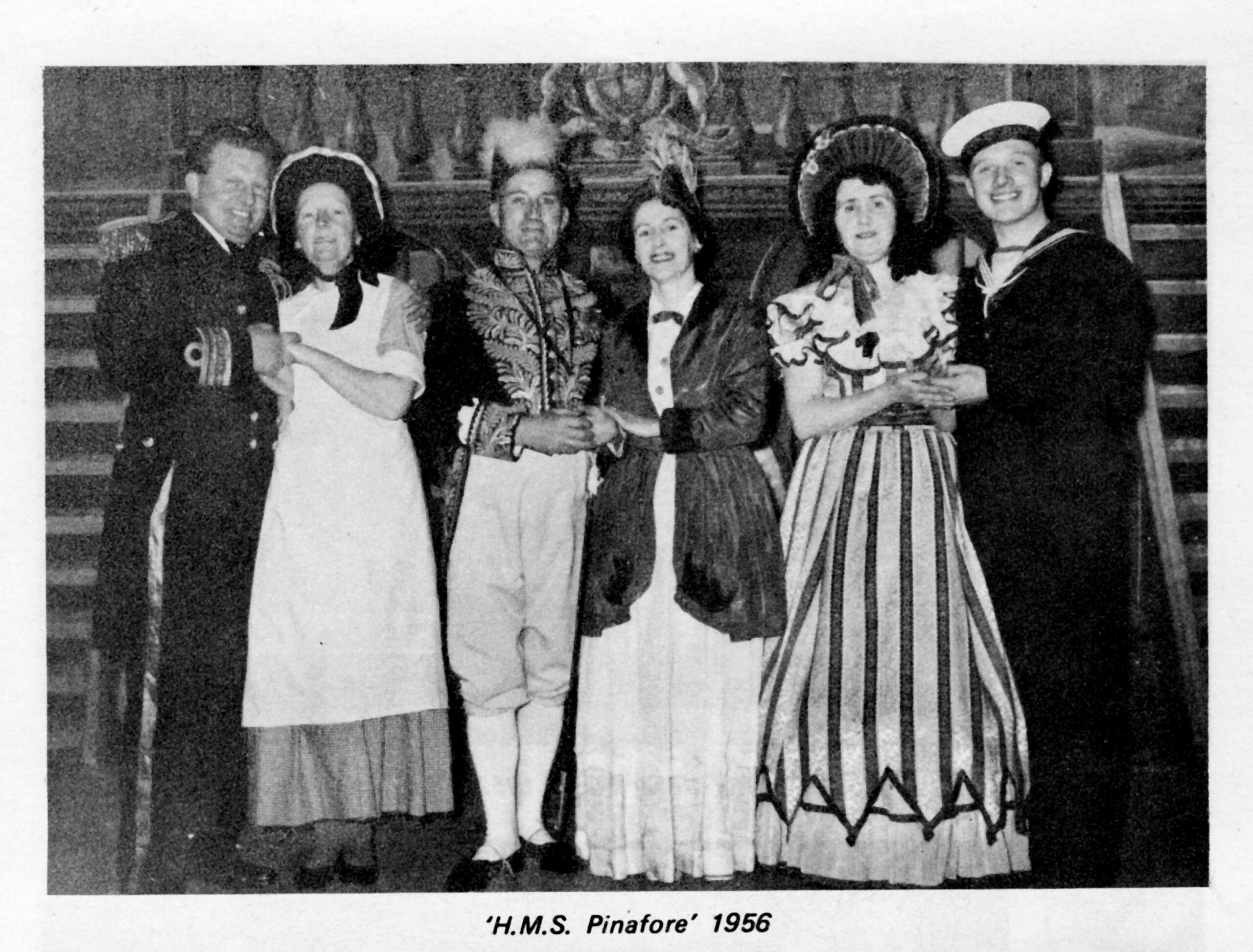
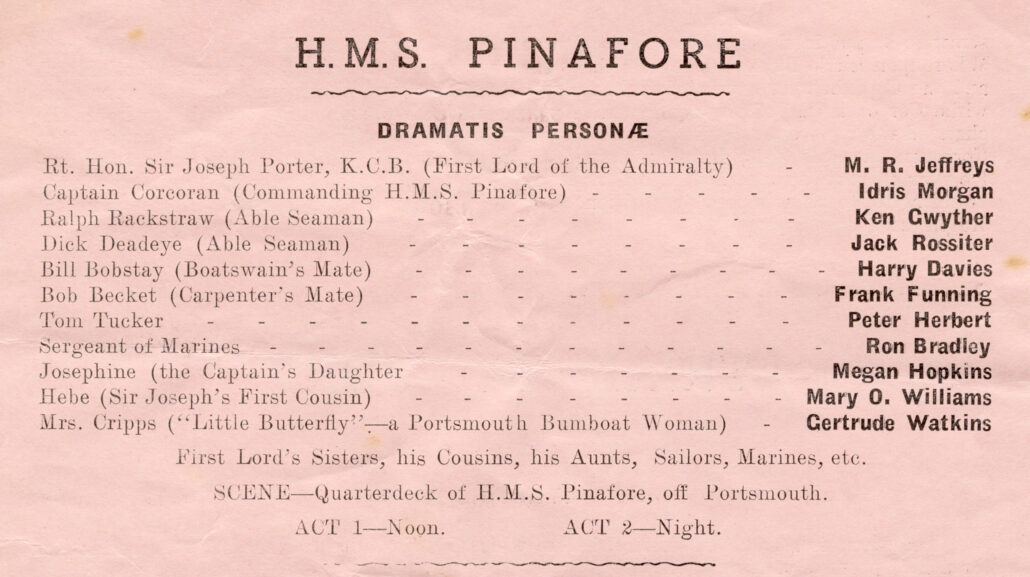
~
A short time after ‘Opera Week’ and during the summer months, a small party of 20 in number, practiced in Jerusalem Vestry and Chapel for the Madrigal Competition in the Aberdare National Eisteddfod which was being held in the first week of August 1956. They were called ‘Parti Ynysfach’ and under the direction of Mr Glyn Davies, they narrowly missed first place in the competition.

Also in 1956, Mr Idwal Williams was made Life Member for his services to the Society. He had served on the Committee from 1950 onwards and had been Wardrobe Master from 1951 to 1956 and was Chairman in 1956. Although he left the village to live in Llandeilo, he continued to take an interest in the Society and returned every year for the annual performances of the Society.
~
The Autumn saw a return to practices for the next operatic venture in 1957, the choice was ‘The Rebel Maid’ a popular light operetta by Montague F Phillips who was a British Composer.
…………………………………………………………..
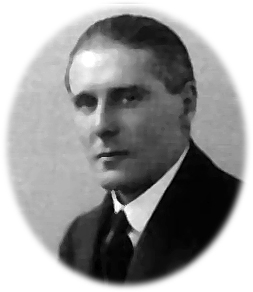
The Operetta was first performed in 1921 at the Empire in London. Mr Montague F Phillips was the Conductor for the performances, and his future wife, Clara Butterworth, a soprano of note, sang the lead role of the rebel maid. Mr Phillips was born in Tottenham in 1885 and died at the age of 83 in 1969. His wife outlived him by many years and died aged 109 in 1997.
………………………………………………………..
The producer again was Mr Richard Jones, with Mr M R Jeffreys as Deputy Producer. Unfortunately, a short time before the show Mr C Rowlands fell ill, so was unable to be Stage Manager. It was the first time he had been absent since the first show in 1927 and he was greatly missed but luckily Mr Eurof Hopkins took over the position of Stage Manager and carried out the work effectively and efficiently.
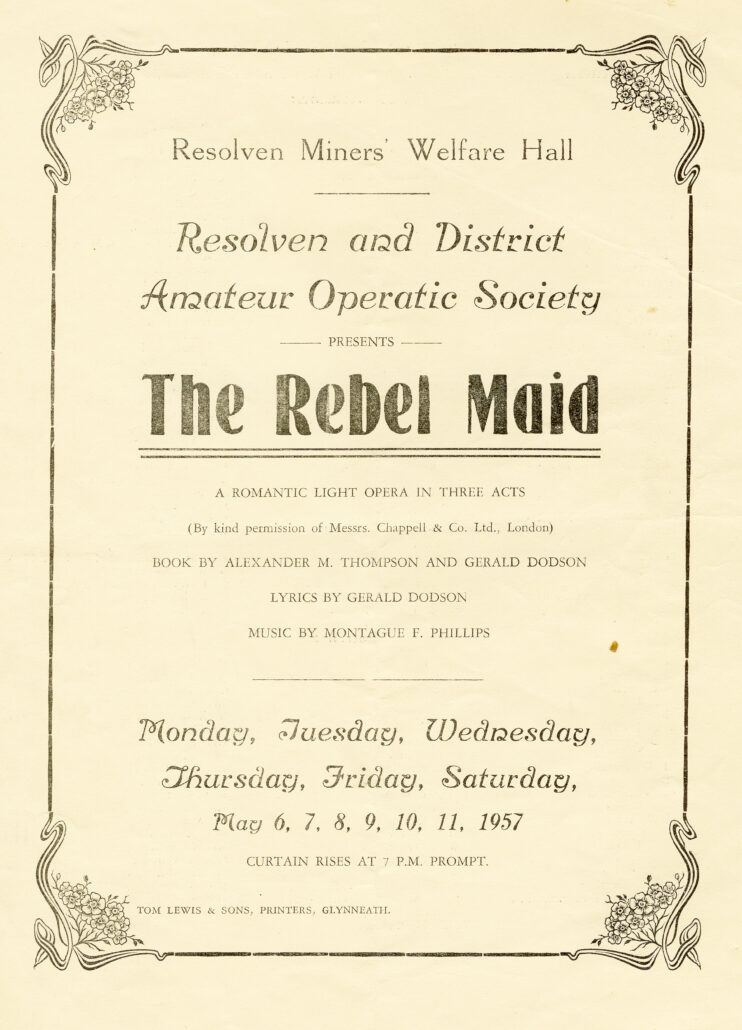

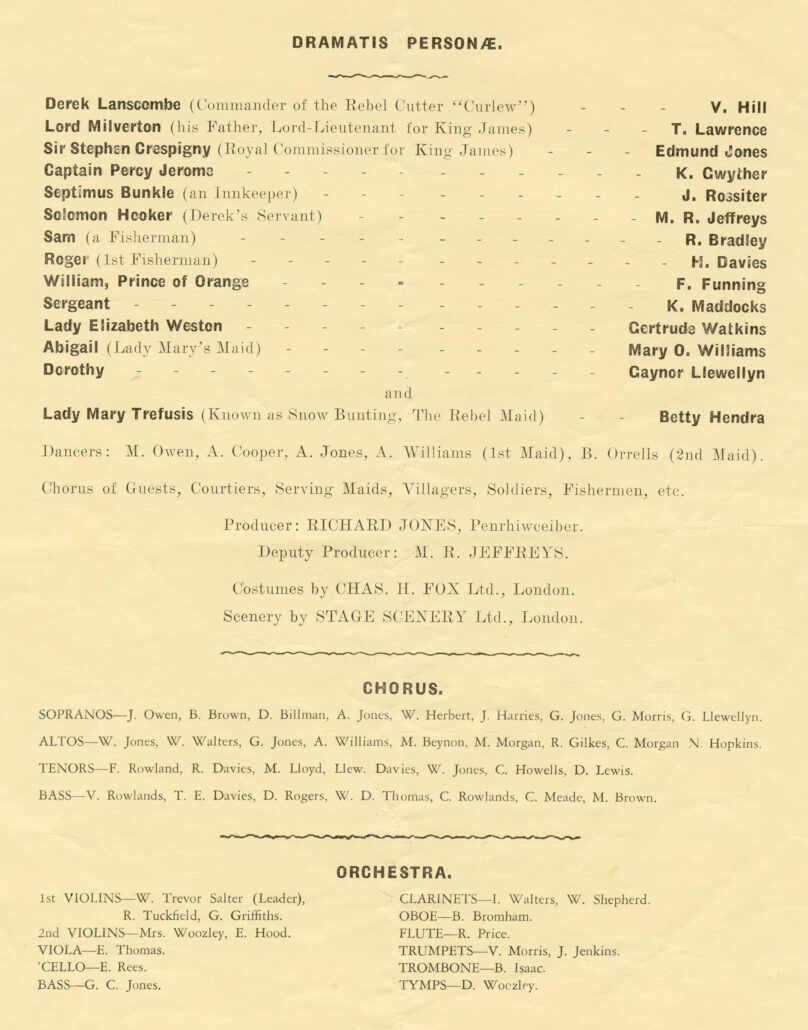
It is recorded that the show of The Rebel Maid attracted a lot of interest from other visiting Societies and the wider community due to the show being so colourful and different and not so well known.
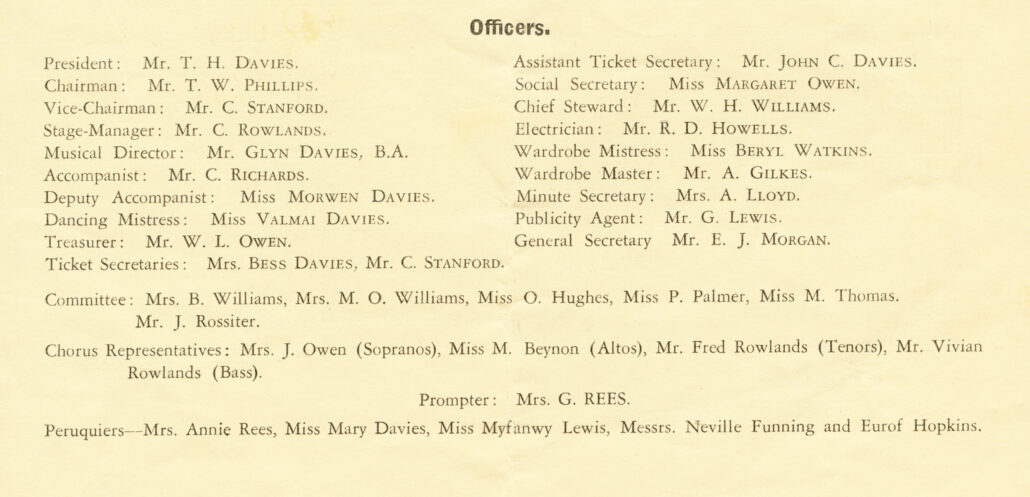

The following information shown on the programme was unusual and maybe of interest.
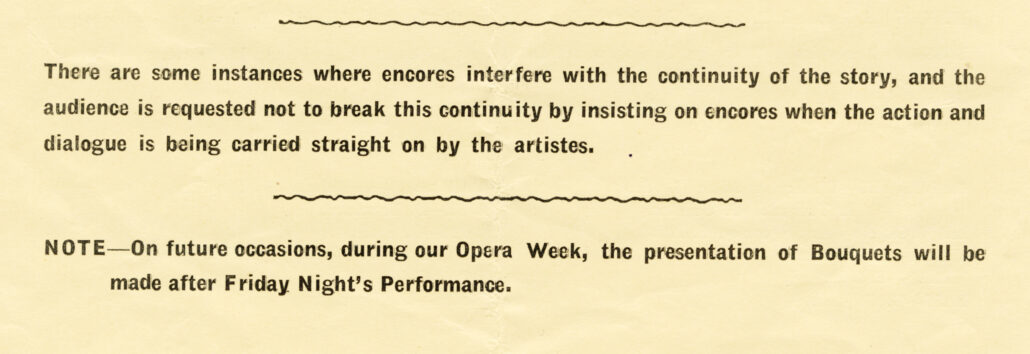
~
After the show, the Musical Director, Mr Glyn Davies suggested that the Society put on a concert in the Autumn, which would keep the members occupied while developing their voices and this would be for the whole year, and not just a few months. The idea was taken up enthusiastically by the Chorus, and for the Concert, a number of music – lovers from outside the Society as well as former Society members joined the choir. Normally for such a concert soloists would be brought in but for this performance three of the soloists were members of the Society, namely Mrs Winnie Lloyd, Soprano, Mr David Williams, Tenor and Mr John (Jack) Rossiter, Bass with Miss Gwyneth Price of Neath, Contralto.
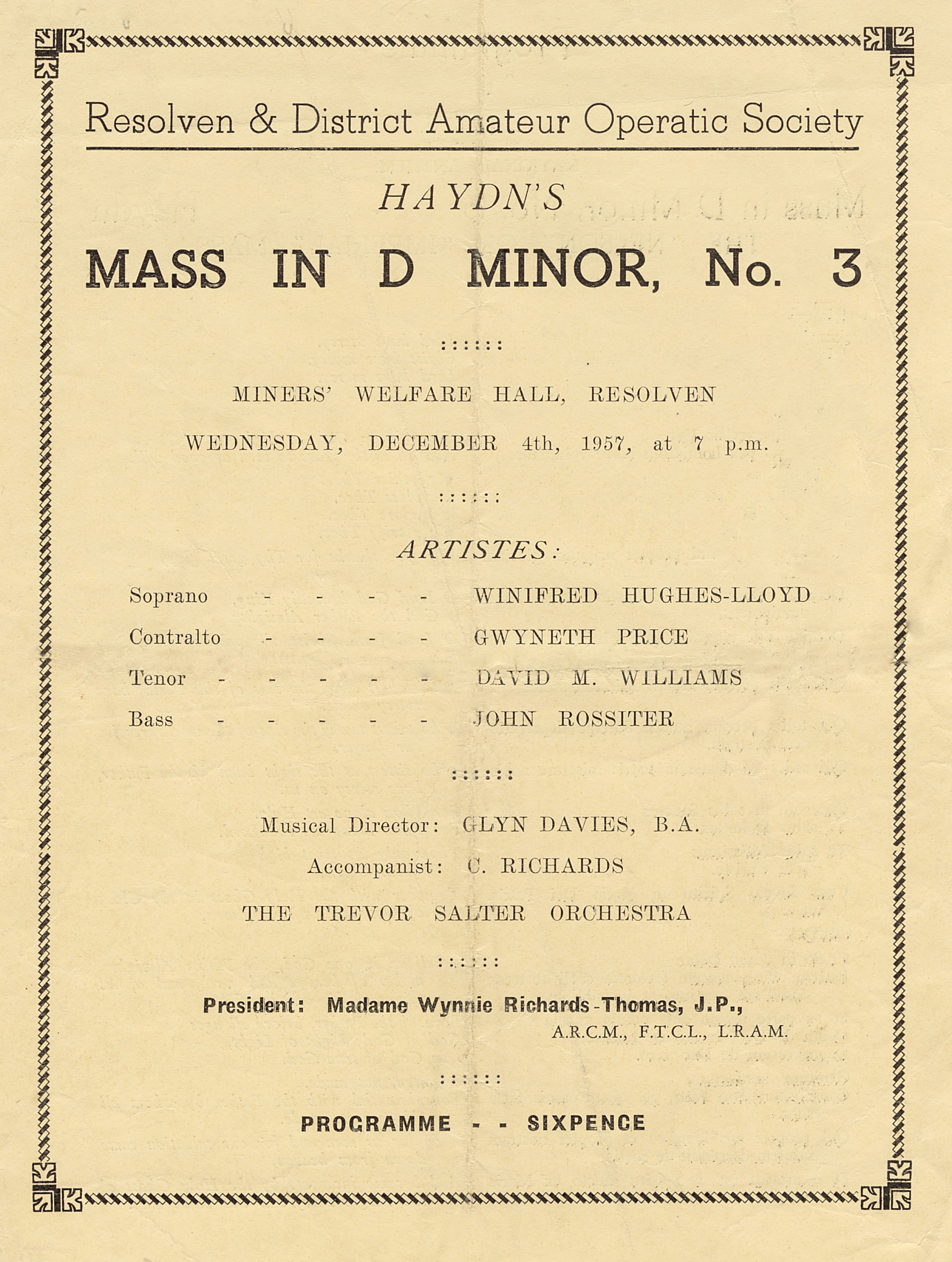
.
.
The concert was a huge success for the Society and community and was widely reported as such in the press. Therefore, requests were received for further performances at different locations. The first being St Anne’s Church Tonna with Mrs Eileen Gethin-Jones accompanying on the organ. The next performance was the following year in the Eisteddfod Marquee, Glynneath on Sunday evening July 6th 1958. The accompanist then was Mrs Olive Williams. Unfortunately, for varying reasons, there were only seven sopranos nevertheless, they gave a creditable performance.
.
~
For 1958 the Comedy Opera ‘Dorothy’ was chosen which was the first Opera to be Produced by Resolven’s own Merfyn Jeffreys. This was no mean achievement as he also took one of the leading roles in the Opera. The dates of the show were the 19-24 May 1958. This was a show that had a lot of movement and dancing routines plus a ballet sequence ably managed under the direction of the Dancing Mistress, Miss Valmai Davies
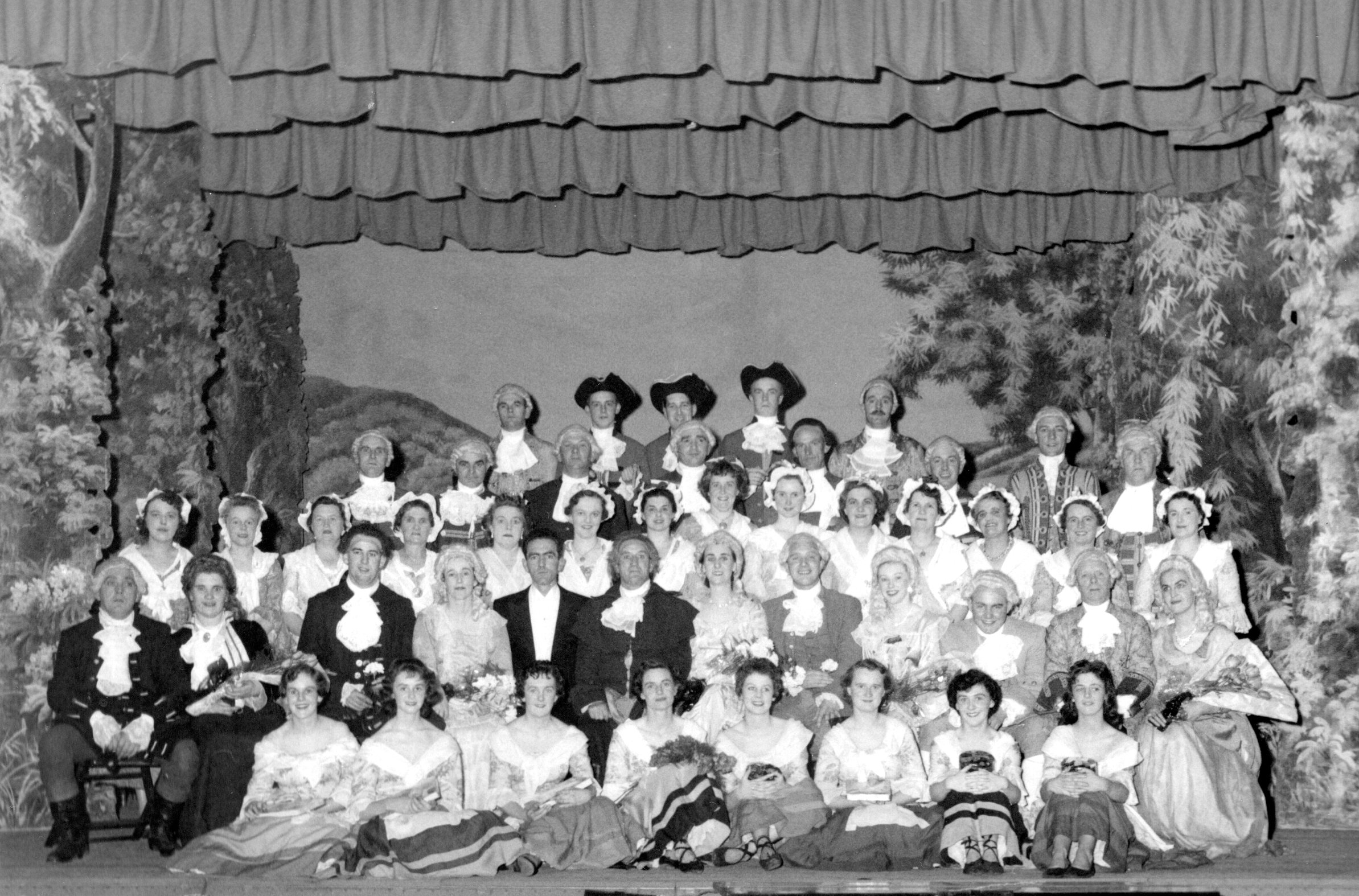
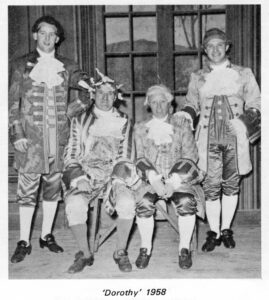
………………………………………………………….
‘Dorothy’ is a comic operetta in 3 Acts with music by Alfred Cellier and libretto by B C Stephenson. The Story is one of romance and mistaken identities with topical humour. It was first performed at the Gaiety Theatre in London in 1886. It had an initial run of 931 performances breaking the record for the longest running Musical in theatre production history and holding the record until the 1900s.
‘Dorothy’ toured and enjoyed numerous revivals in Britain until 1908 with at least five separate and simultaneous companies performing not only in the UK but also in America and Australia.
…………………………………………………………
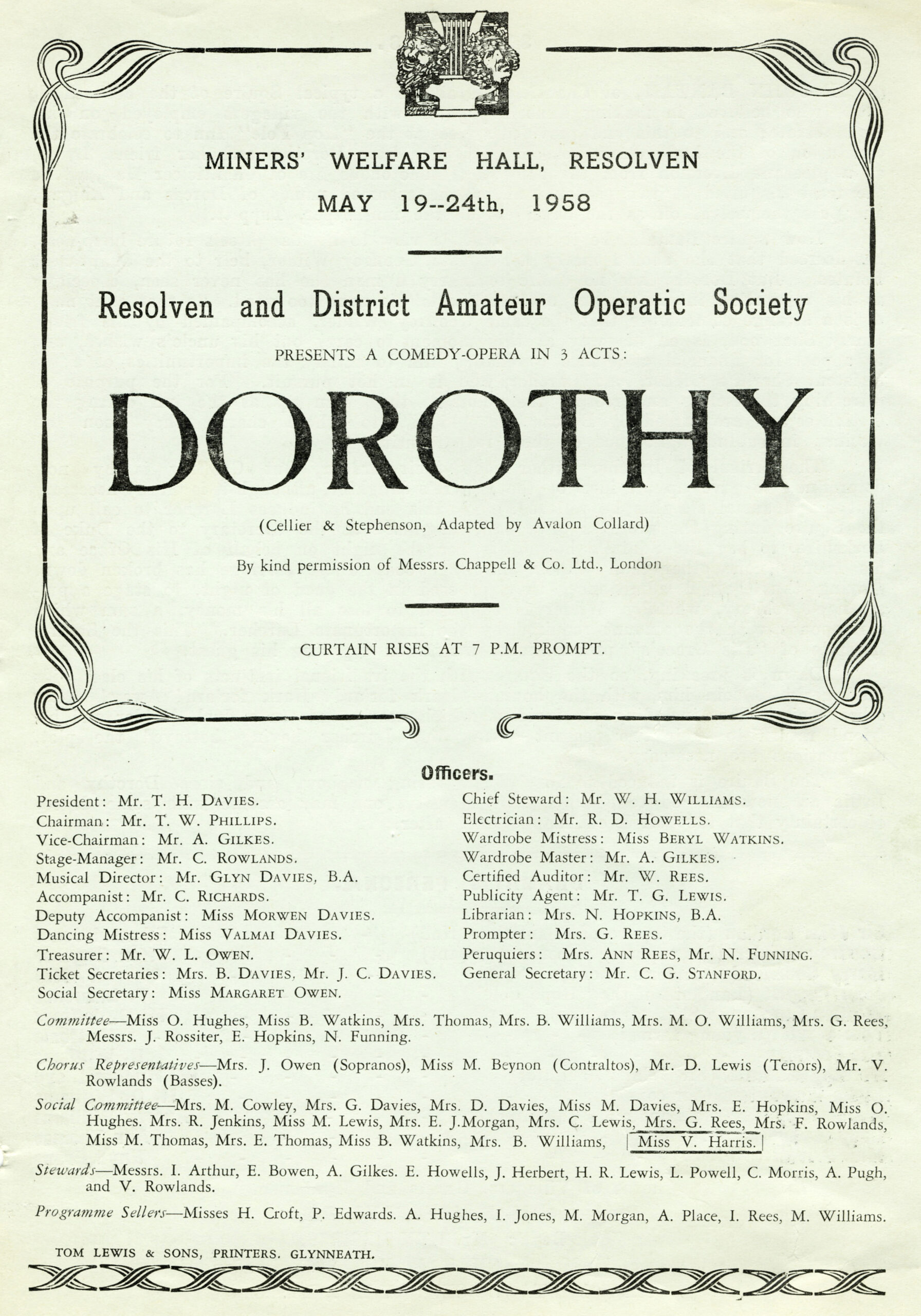
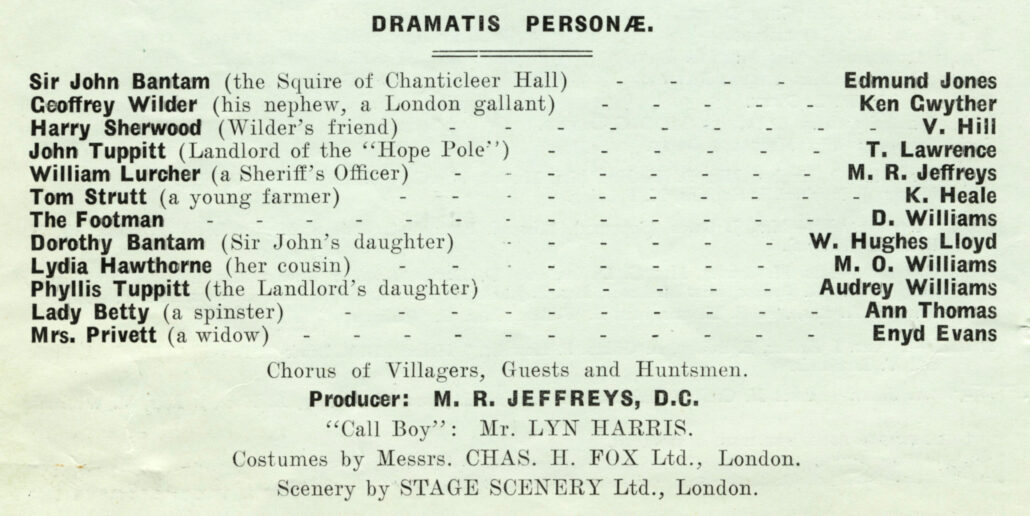
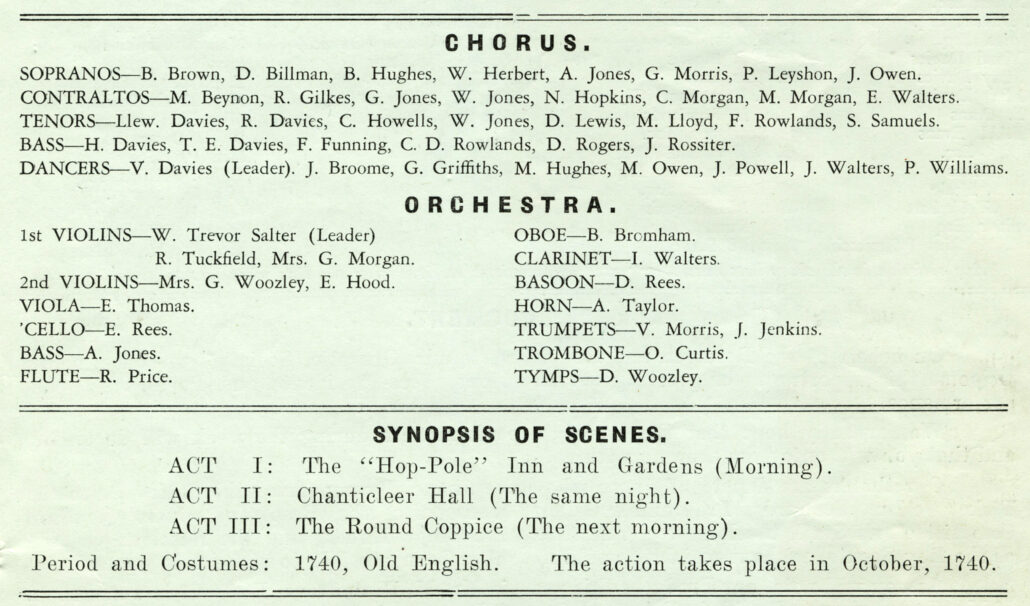
~

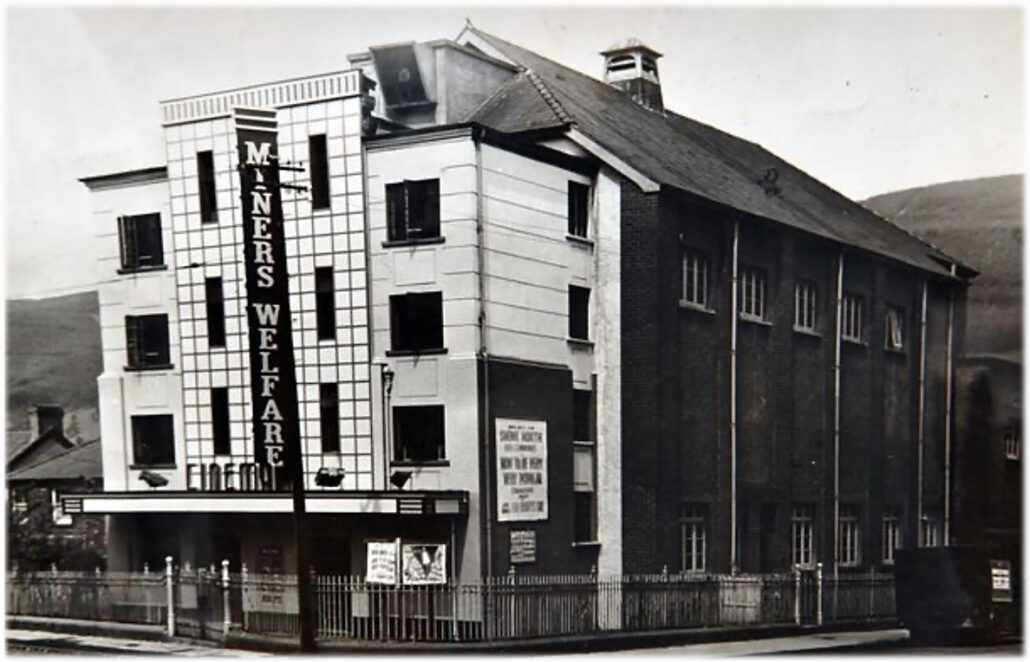
This was the beginning of a period of great activity in the Society’s history. Following the week of the Opera, the Choir embarked on another concert, Rossini’s ‘Stabat Mater’ which was rehearsed and performed at the Welfare Hall Resolven on Wednesday, December 17th, 1958. The four soloists were members of the Society. Again it was very well received by the community and press.
.
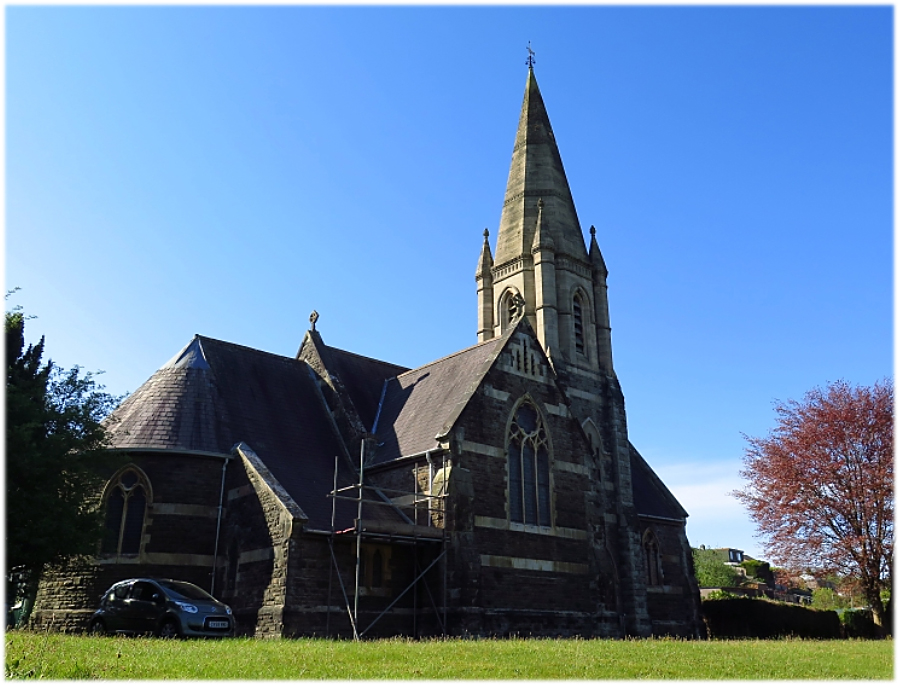
.
Another request was made from Tonna for a performance in St Anne’s Church with Mrs Eileen Gethin-Jones accompanying again.
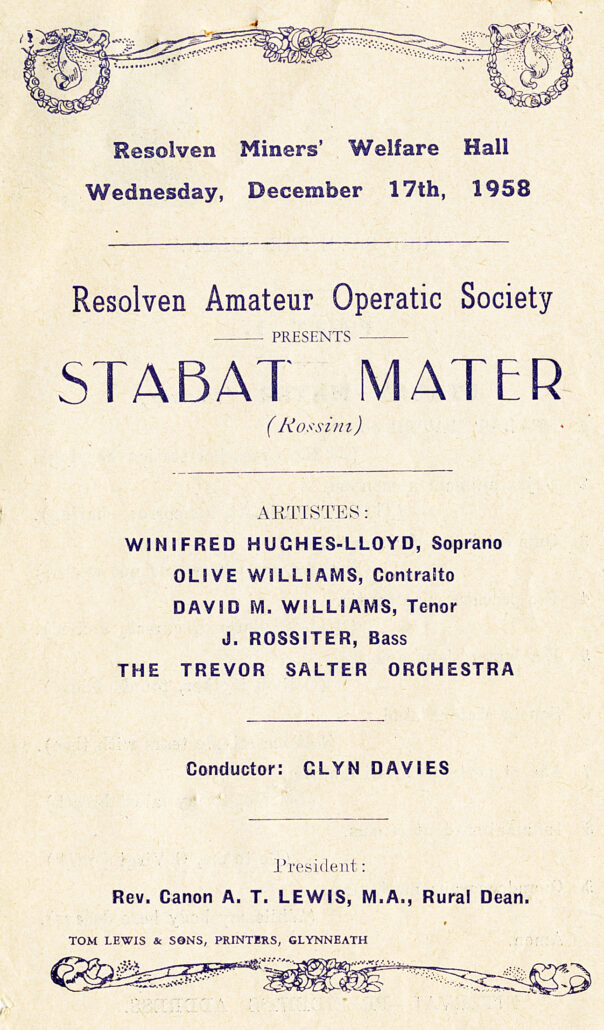
~
In 1959 there were several important decisions made. It was first decided that the 1959 Opera performance dates would be changed to November when during that year a French Comic Opera, ‘Mirette’ by Andre Messager would be staged. This presented something of a challenge for the Producer, Mr Mervyn Jeffreys as there was no producer’s marked score and libretto and no professional performance to follow or adapt. That must have been quite an obstacle to overcome.
Mr Ernest H Davies became Secretary while Mrs Jean Hill undertook the work of the Social Secretary.
The second decision made was that the venue for rehearsals would change. Permission had been given by the Glamorgan Education Committee for the Society to use the Resolven School Hall. The Society was fortunate to continue to rehearse there for many years.
Due to rising costs the Society reverted to four performances for ‘Mirette’.
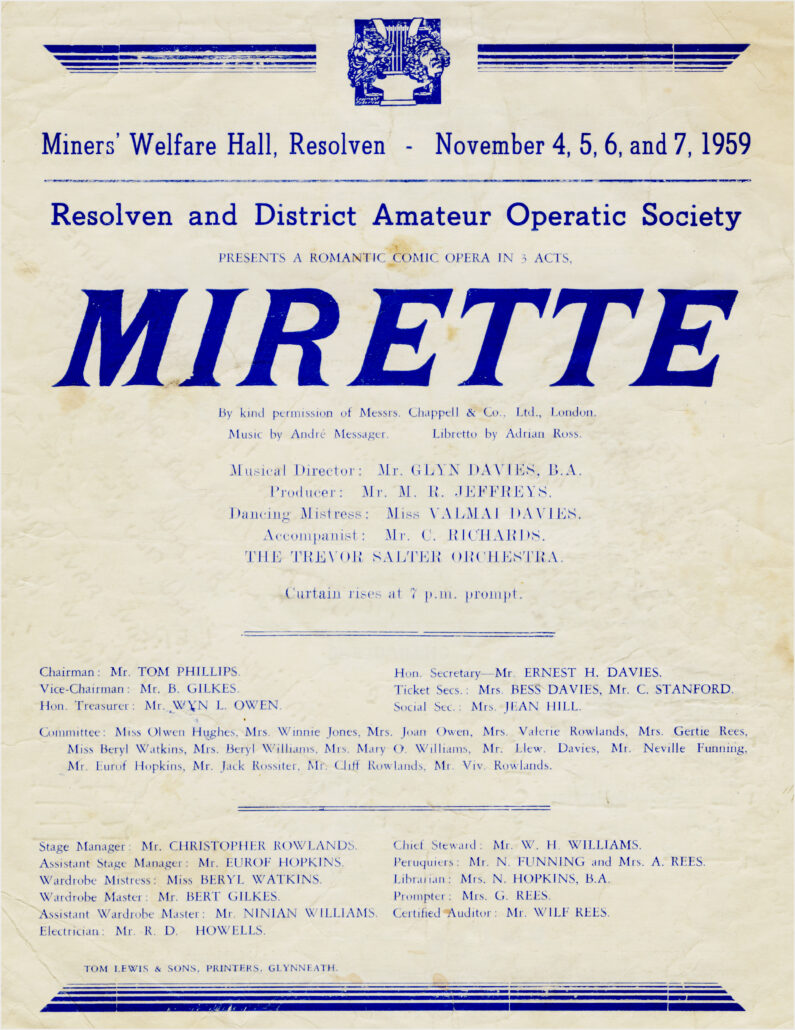
…………………………………………………………..
Mr André Messager was a French composer and organist. His operettas achieved popularity in France and the UK. He was born in Paris in 1853 and died in 1929-between 1890 and 1926 he produced 14 operettas. He wrote in a light elegant style that was characteristically Parisien with romantic plots and elaborate dancing routines. Mr André Messager along with Lehar and Strauss it is said contributed to the evolution of light operettas filled with gaiety and charm, into what is now called musical comedy.
………………………………………………………..…
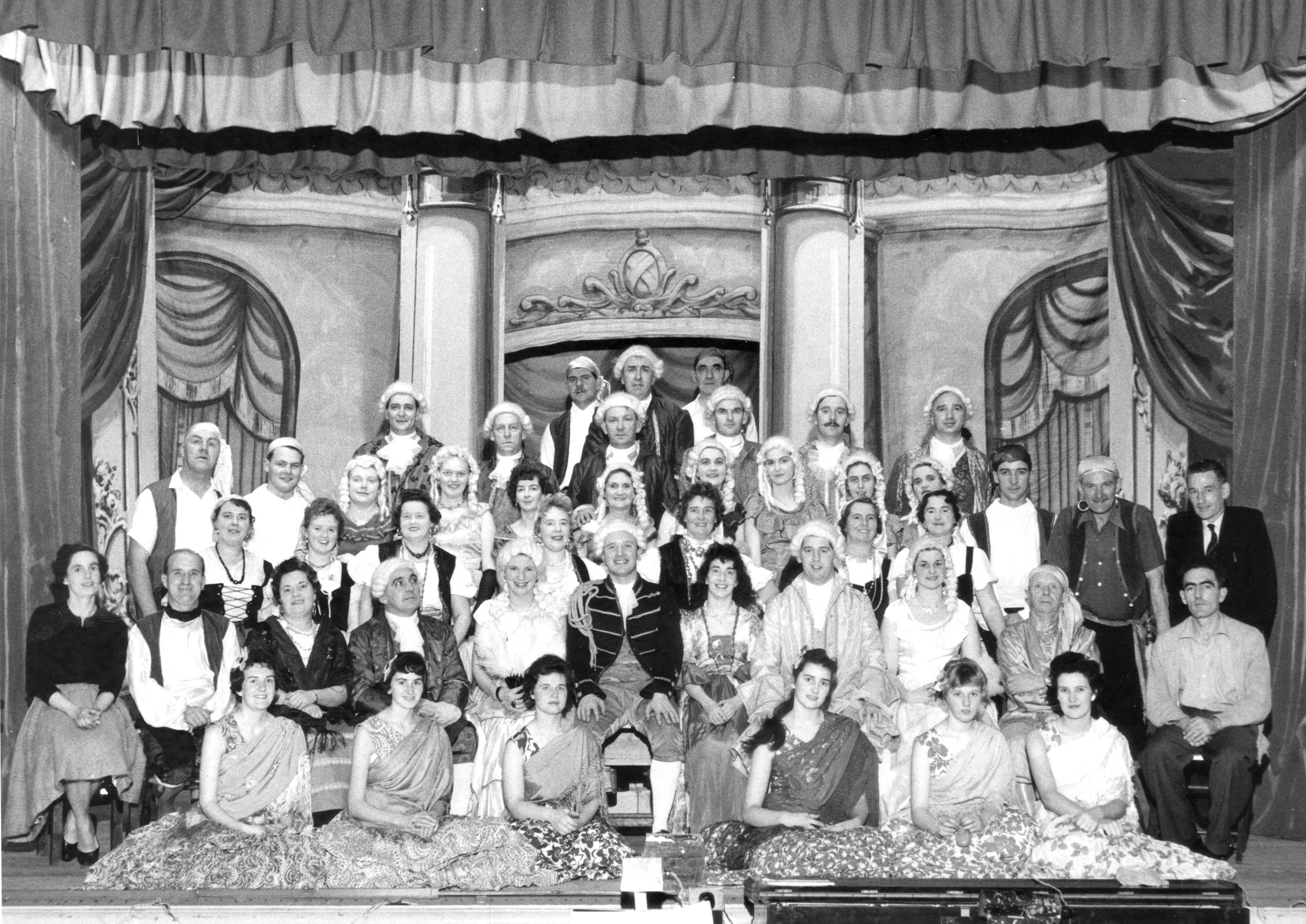
Before the first night one of the main characters taking part Mrs Betty Davies developed tonsillitis and was unable to take part. However one of the chorus Mrs Nesta Hopkins stepped in with no rehearsal for the first and second night. Thereafter, Mrs Betty Davies recovered enough to be able to play on Friday and Saturday.
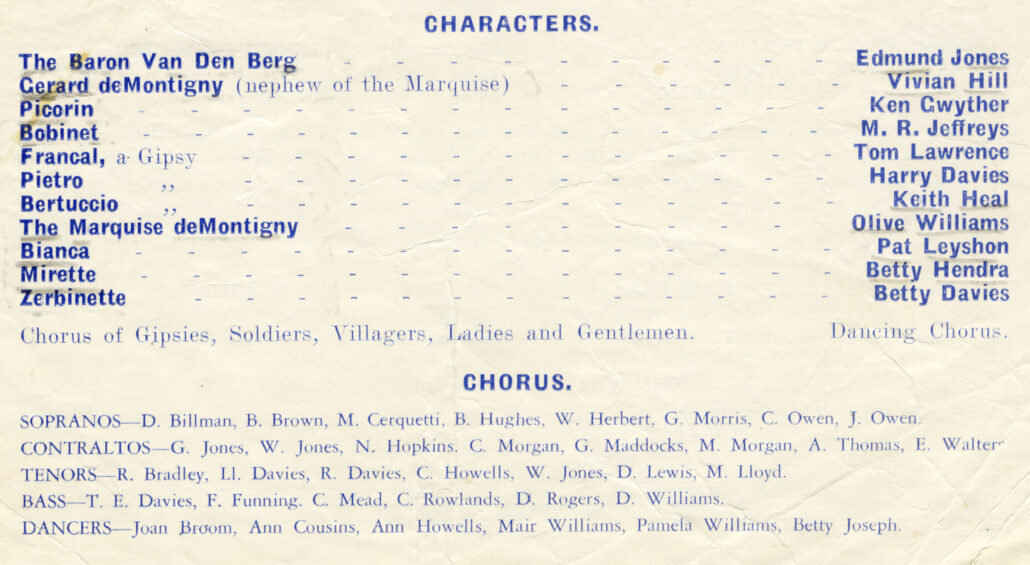
The Finance and Administration Section are a vital part of any Organisation. Even with many unpaid volunteers, the cost of staging a production in Resolven in the 1950’s was approximately £600 equivalent today, to a staggering £16,000. It must have been an extremely difficult task to make a profit to continue or to break even each year. Resolven is a small village and it is admirable and amazing that Resolven & District Amateur Operatic Society were able to carry on performing for so many years.
~
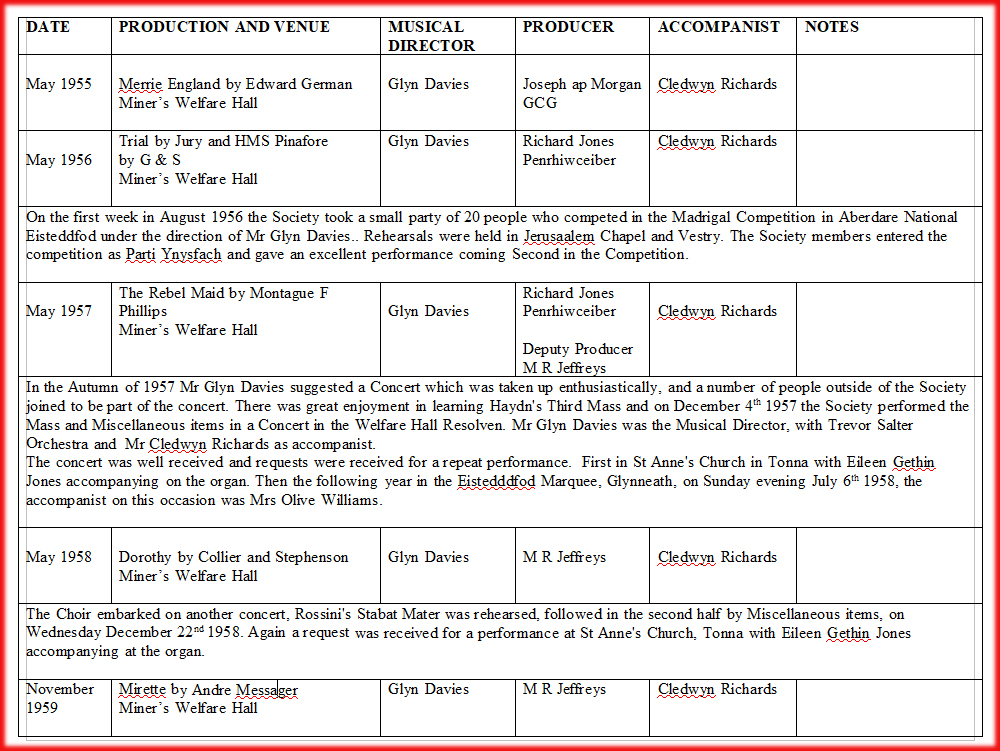
It’s true to say that the Society at this time was enjoying a period of positivity and success, and with a new decade approaching, the Society looked secure for the future.
~ ~
Some information taken from ‘Resolven Operatic Society’ – ‘A History from 1925 ~ 1976’ by Nesta Hopkins with additional information from Owen & Christine Davies. Compiled by Lorna & Hugh Lewis.
~ ~ ~ ~
/to be continued
B4434 New Road, Tonna Temporary Closure
For essential resurfacing works to the B4434 at New Road, Tonna (NE of Tonna Hospital and towards Resolven) will be closed on Thursday 29 May 2025, between 19.00 and 06.00 for approximately 2 nights, avoiding unforeseen plant issues and weather permitting.
In the event of an emergency, access will be granted for emergency vehicles only.
All refuse and recycling collections will continue as usual.
If you have any specific requirements or any queries, please contact Connor McCalmon on 07767896957.
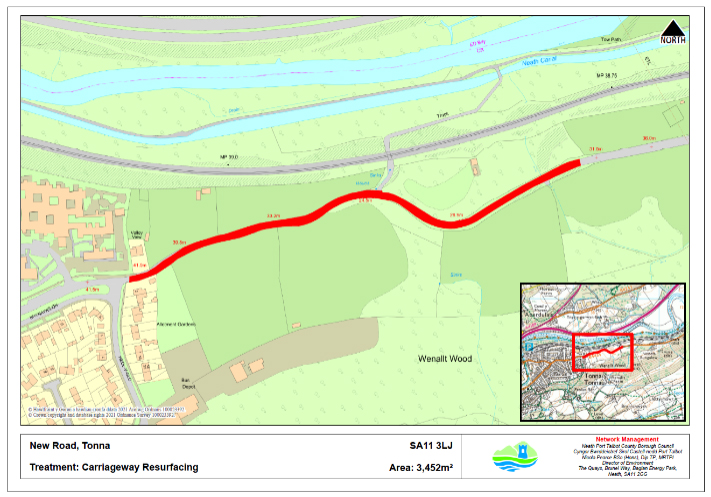
~ ~ ~ ~
Funeral Notice for Mrs Shirley Ann Wellstead

~ ~ ~ ~
Funeral Notice for Mair Llewellyn, Abergarwed
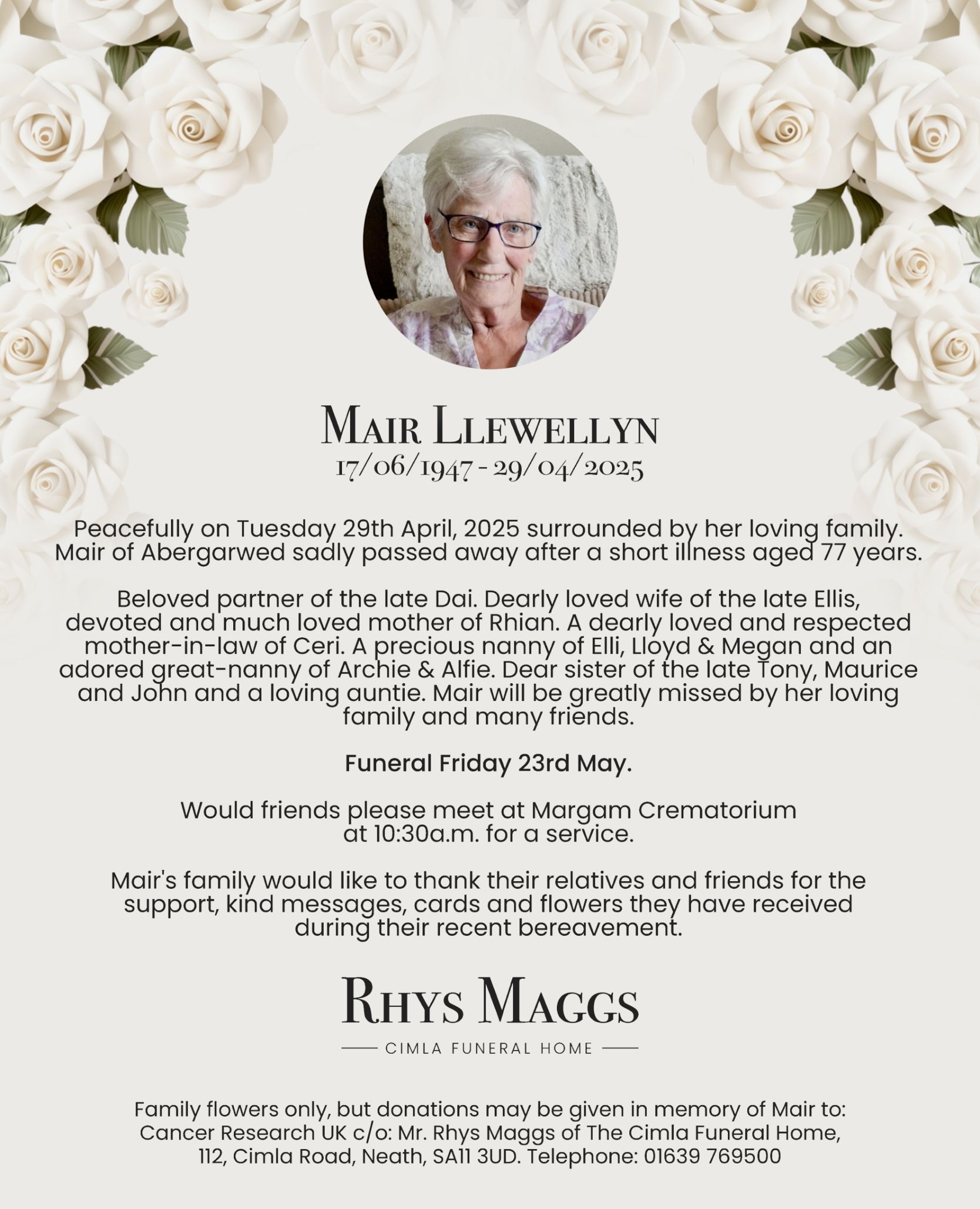
~ ~ ~ ~
Funeral Notice for Mr Ceri Hutchings
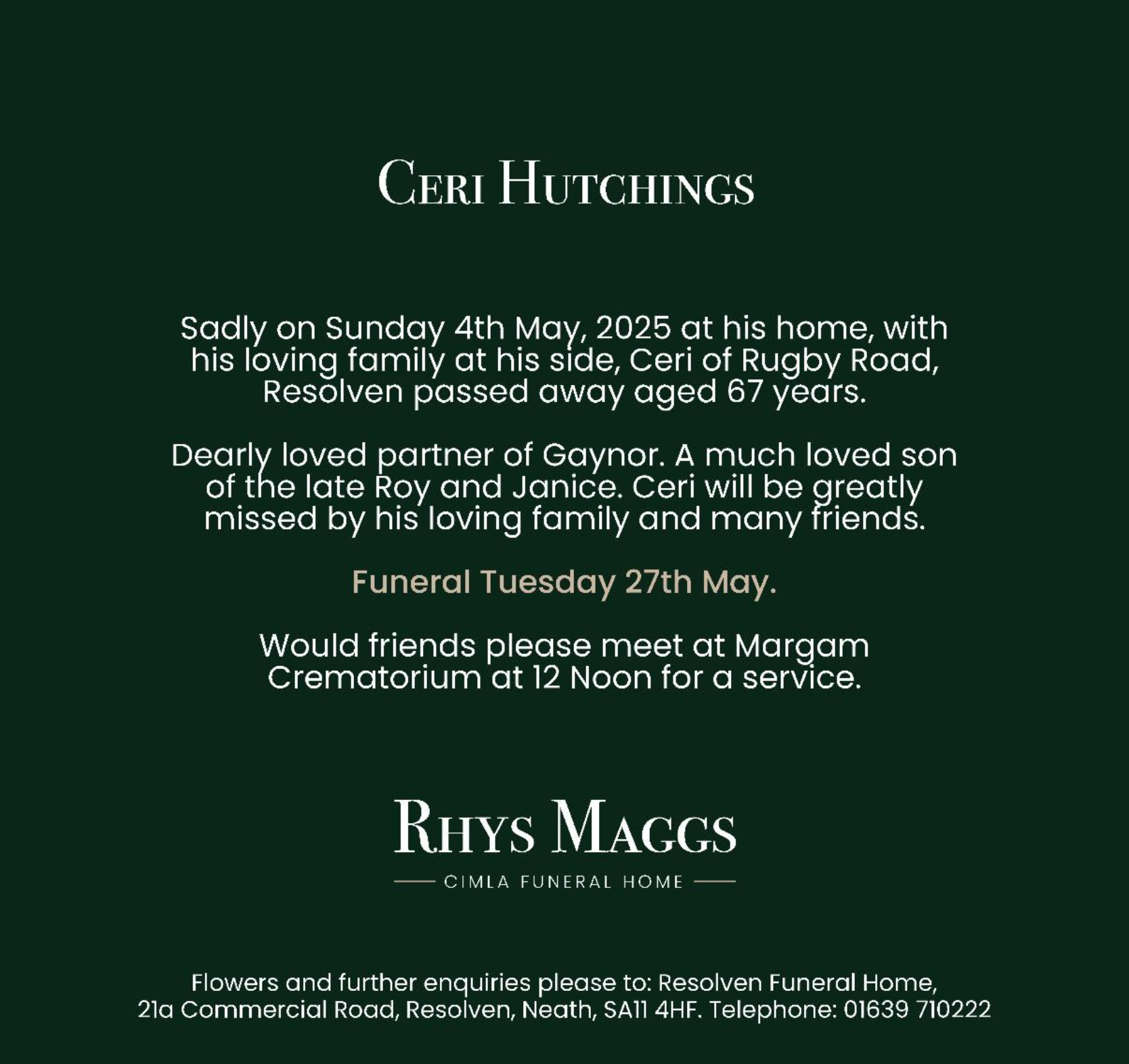
~ ~ ~ ~
Celebrating the 80th Anniversary of VE Day
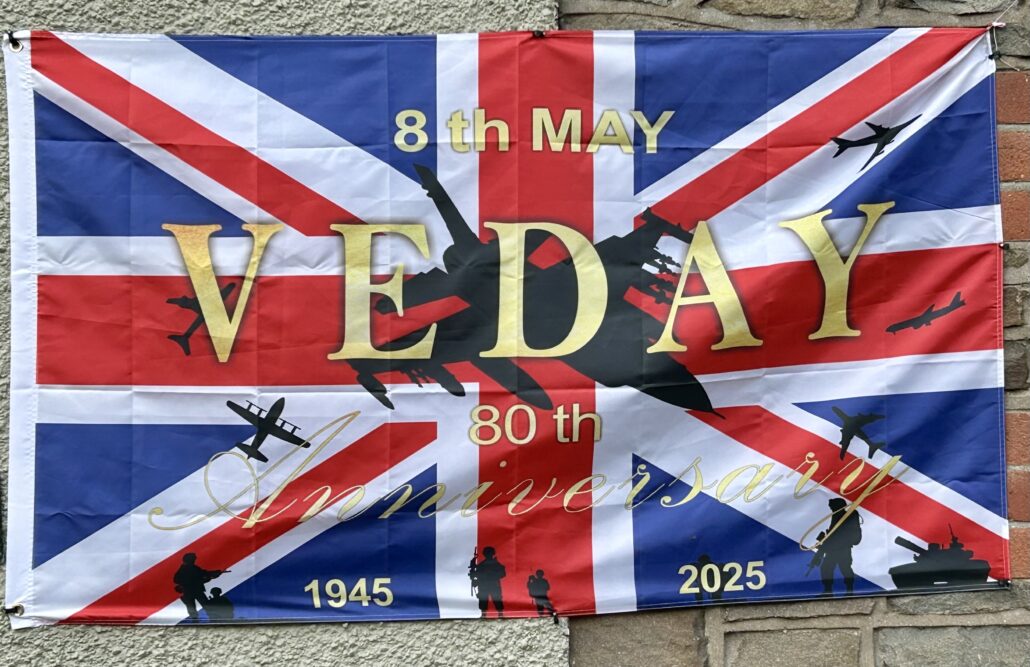
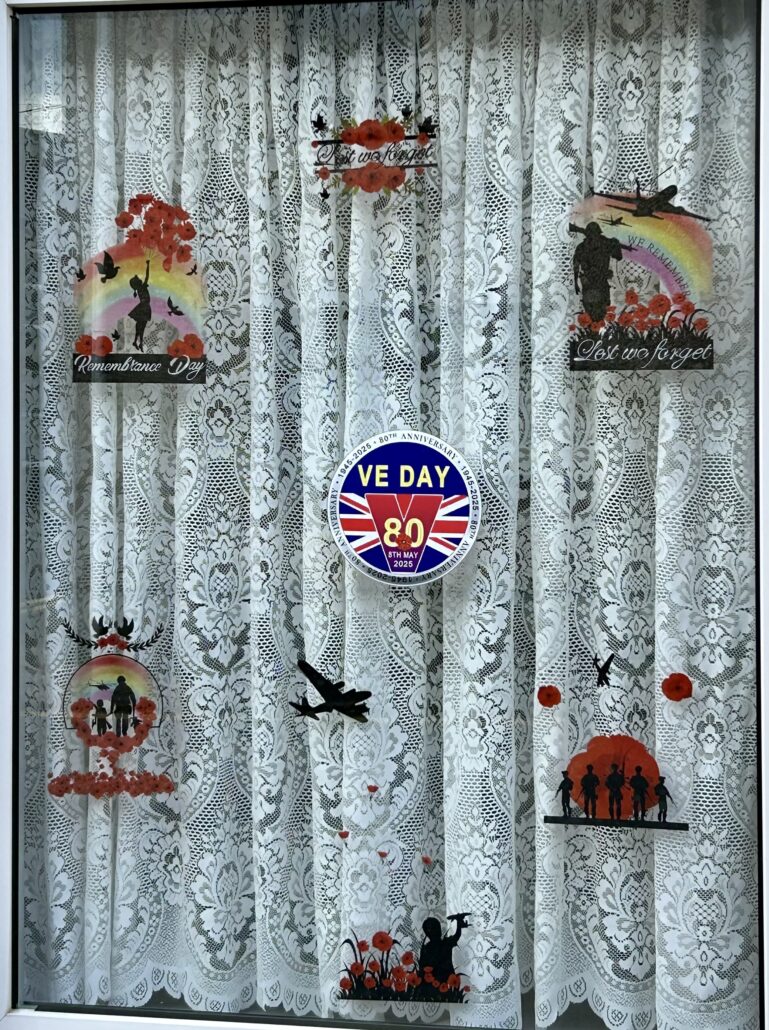
A Resolven Incoming Resident awarded BEM
Mr David James and his wife Genene moved to the village of Resolven 18 months ago and David immediately applied for membership to join Resolven Bowls Club. David has a prestigious background in the lawn green bowling sport and was a long standing and loyal member in the County of Ceredigion, formerly Carmarthenshire BA.
He served as County Bowling Association Secretary for 32 years and has recently been awarded the British Empire Medal, which is awarded in recognition of meritorious civil or military service.
The award was presented to David by His Majesty’s Lord-Lieutenant of Dyfed, Miss Sara Edwards in the Council Chambers, Penmorfa, Aberaeron.
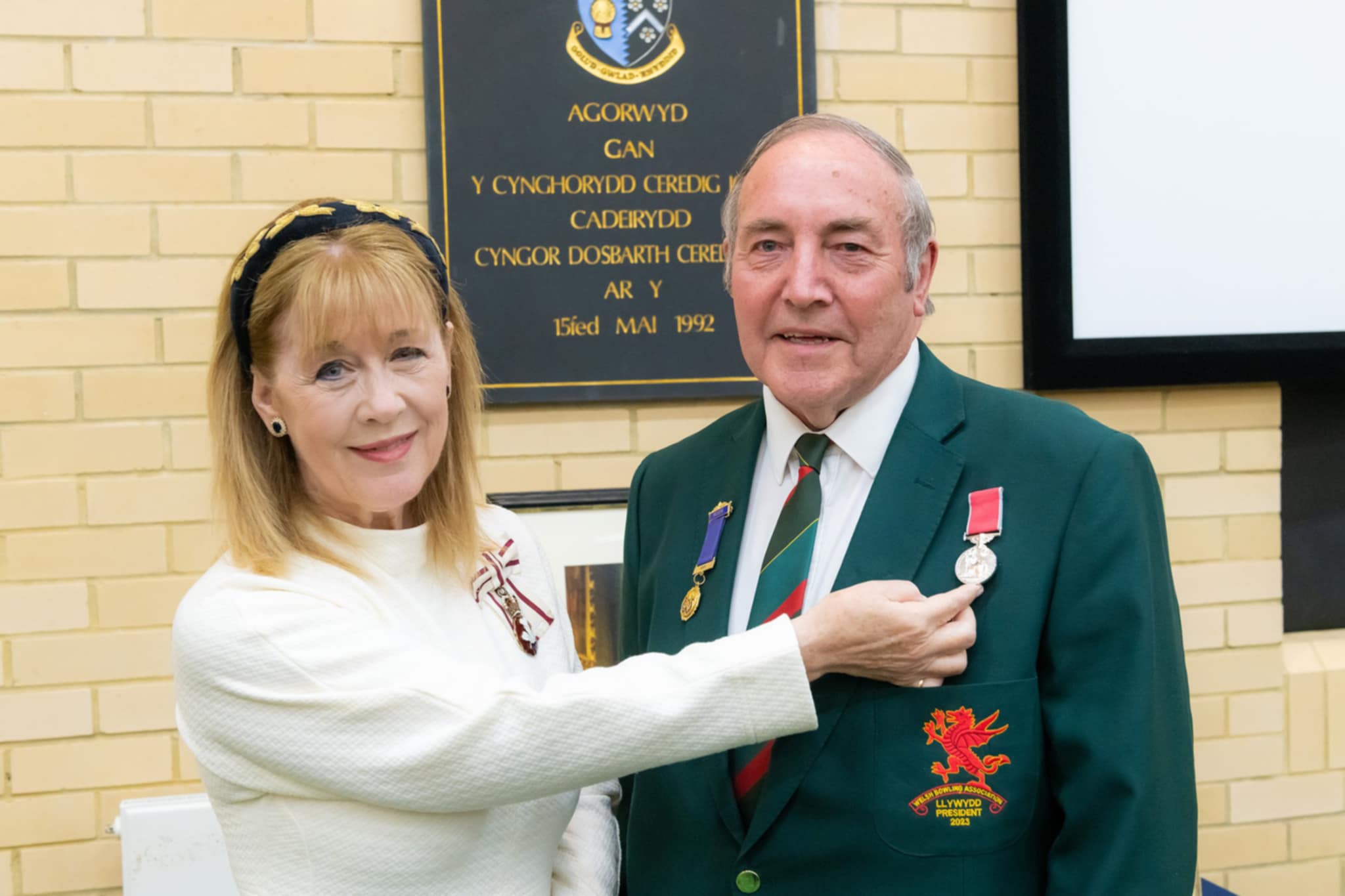
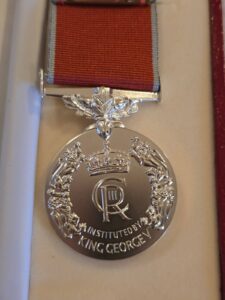

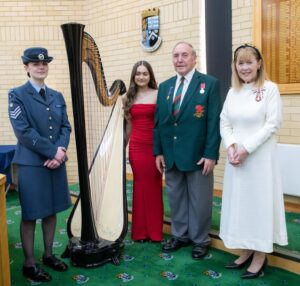
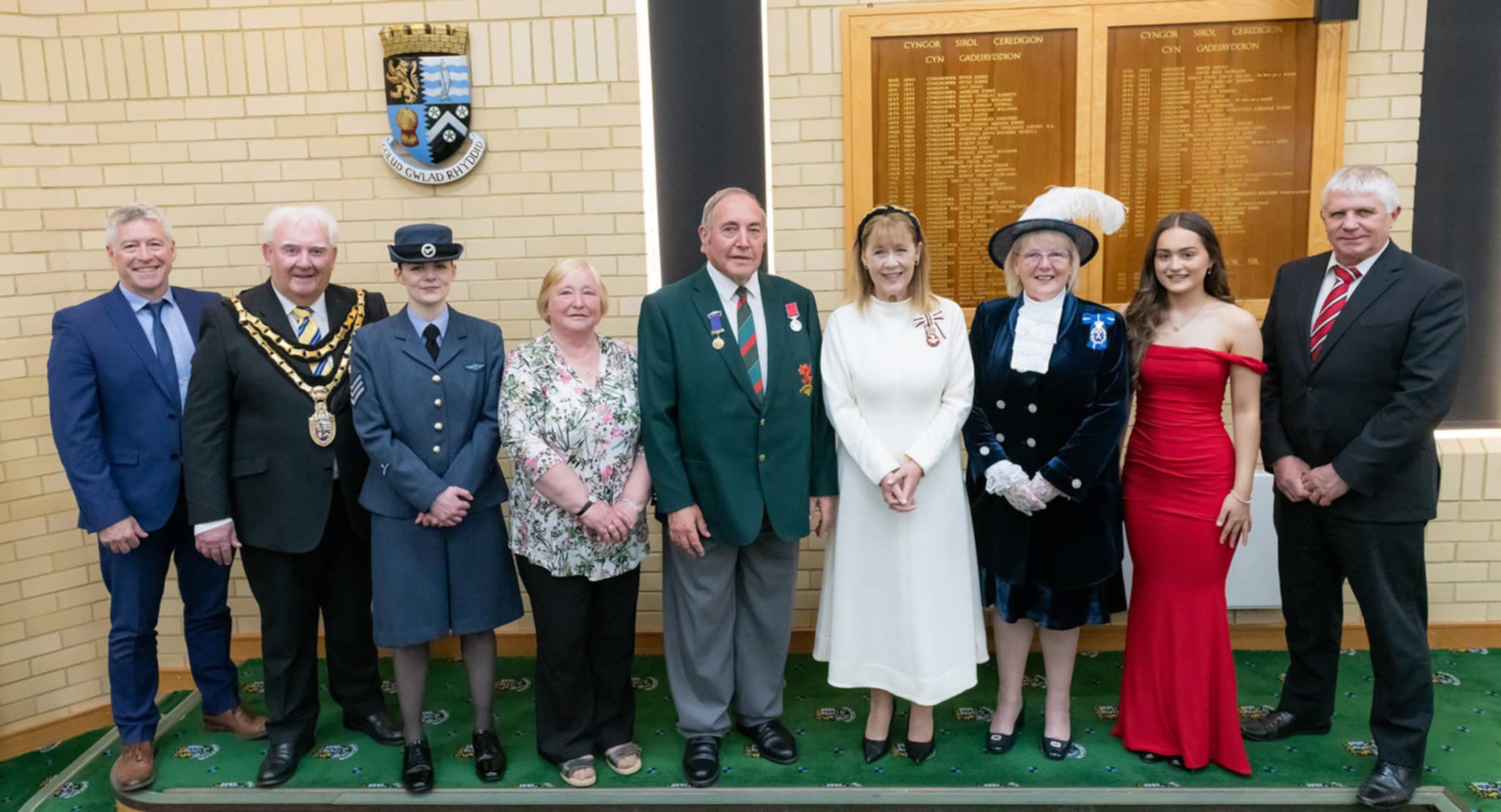
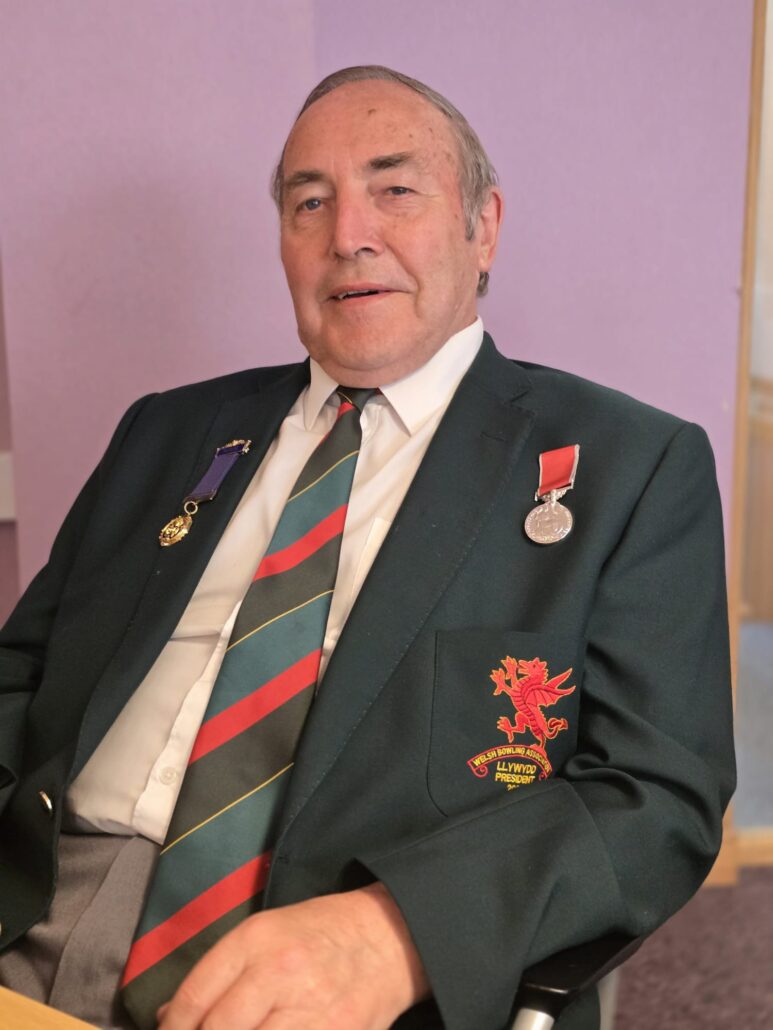
Receiving the BEM must have been an emotional and rewarding experience and certainly a badge of honour to be very proud of. We send our congratulations to David on his achievements.
David is now looking forward to enjoying his bowls with his new local club in Resolven. We wish him well and welcome him and his wife Genene to the village.
~ ~ ~ ~
Birthday Celebration as Outdoor Bowling Season Begins

Birthday Celebration.
For their 75th Anniversary, Cam Gears Bowls Club will play against Resolven Bowls Club in a mixed match involving Resolven Ladies BC at the Resolven Green on Saturday 19 April.
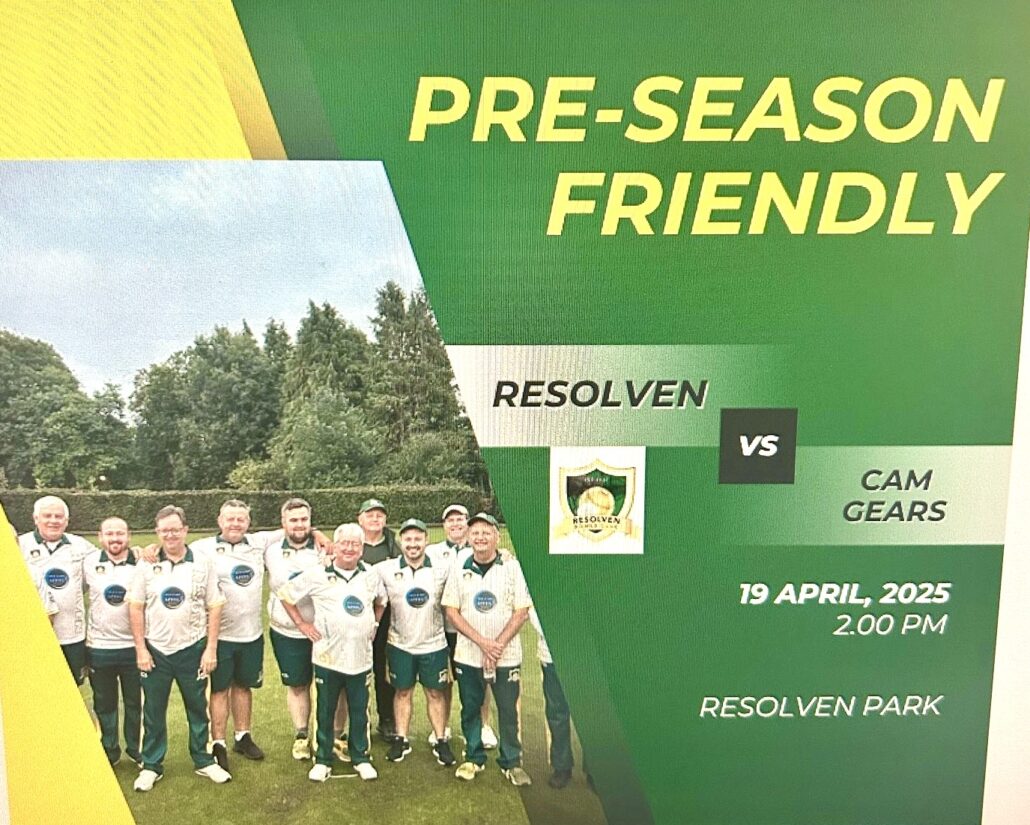
Happy Easter!

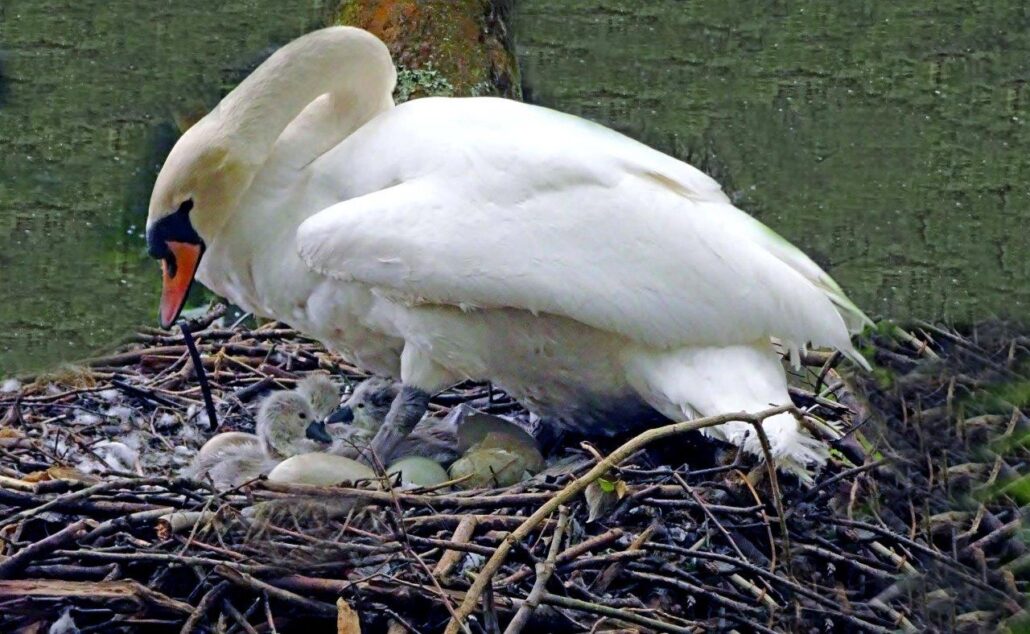


EASTER GREETINGS
FROM
THE RDN TEAM
PHOTOS BY MIKE DAVIES-(OUR LATE GREAT RDN PHOTOGRAPHER)
SHARED by Ruth (his talented photographer daughter)
Resolven & District Amateur Operatic Society – the story continues
Part 2
1948 – 1955
The pictures below show the full cast and chorus, along with the programme of Resolven and District Amateur Operatic Society’s production of the Gilbert and Sullivan Operetta, ‘The Pirates of Penzance’ in 1949.
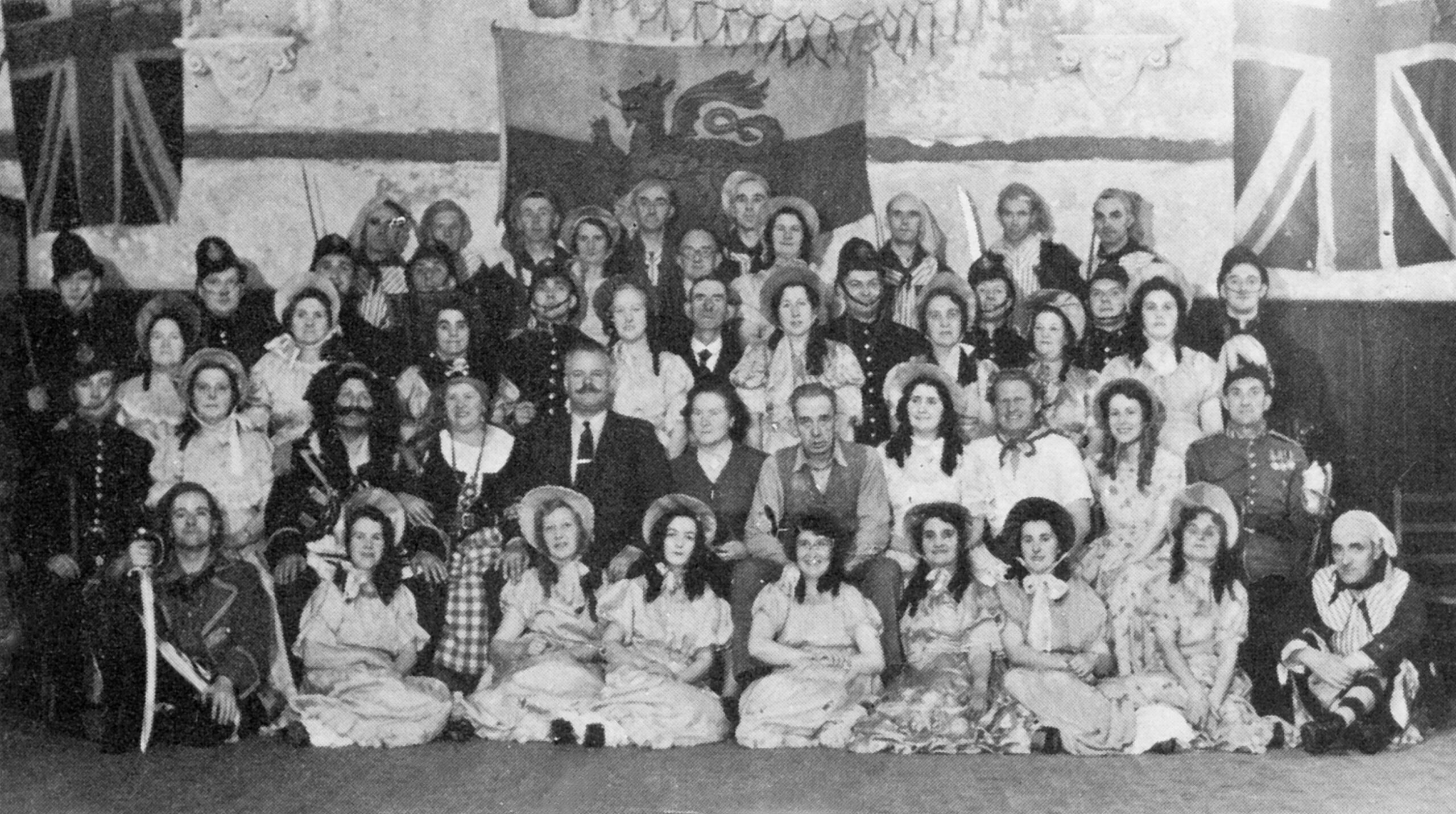
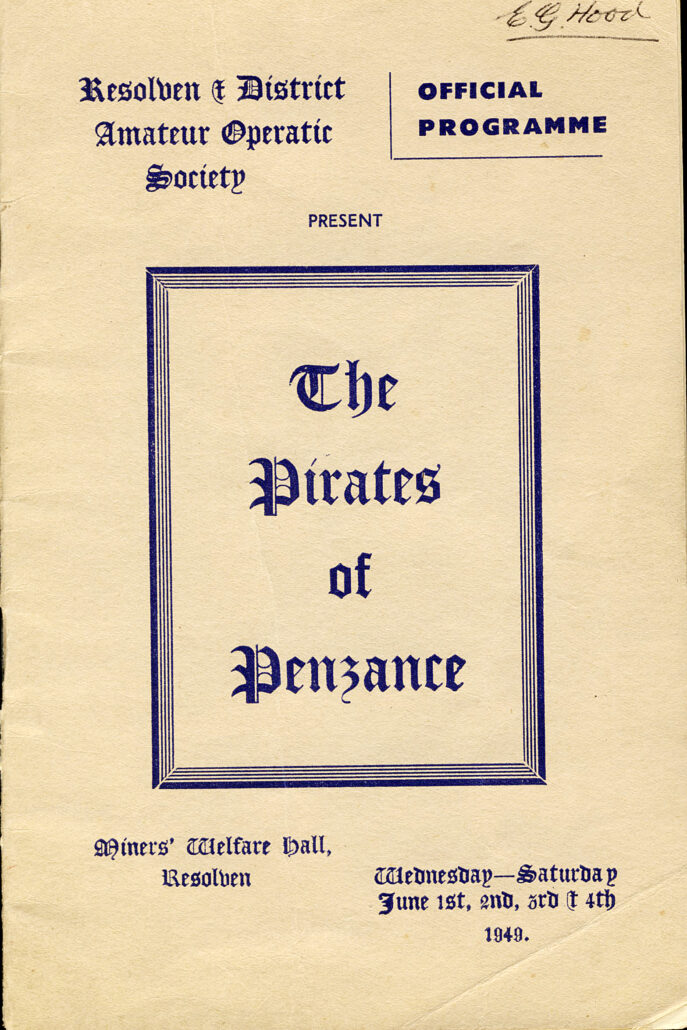
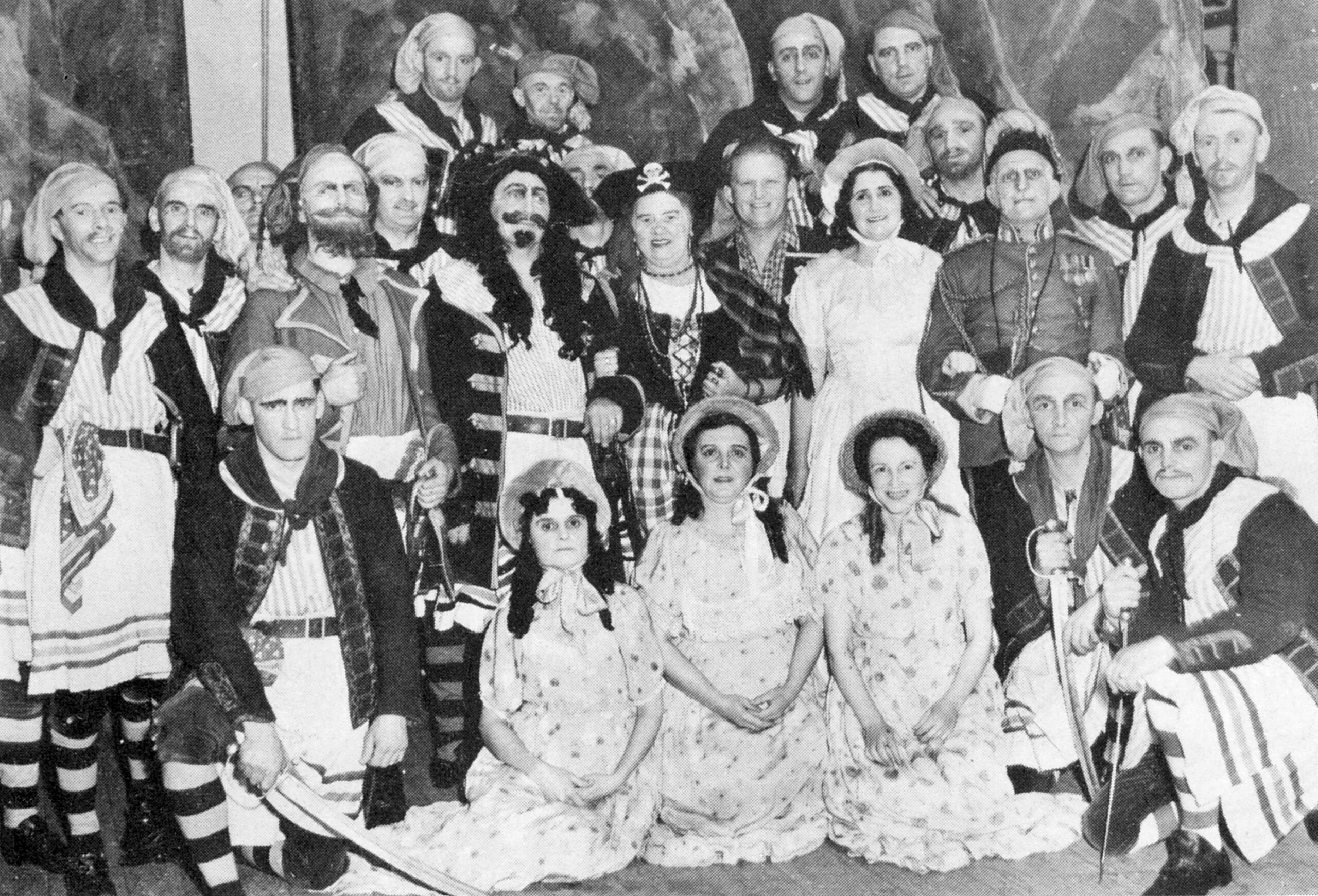
It had been ten long years since the last successful production. This was, of course, mainly due to the horrors and hardships of the war and the effect it had brought to all village life. Rationing of certain items was still in force until 1954.
In September of 1948 the Resolven and District Amateur Operatic Society (R&DAOS) Committee met and made the decision to re-form for the second time. The Society was keen to bring people together to entertain and perform again on the Welfare Stage.
After a general meeting the chosen operetta, as seen above, was ‘The Pirates of Penzance’. There was an invited chorus and rehearsals commenced, sometimes in the Vivian Hall or in Tabernacle Chapel.
Some assistance was given by some members of Briton Ferry Amateur Operatic Society and their Conductor Mr Dillwyn Griffiths at the time, to help with the production.
While rehearsals were taking place, in the early part of 1949 Mr Herbert Thomas was unwell and Mr Glyn Davies was also called upon to assist in the demanding role of Musical Director, even though it was to be his first production for the Society as an Accompanist. Josie Stewart was leaving the village and her replacement was Mr Glyn Davies, who was the son of the newly appointed Chairman, Mr T H Davies, from a well respected Resolven family.

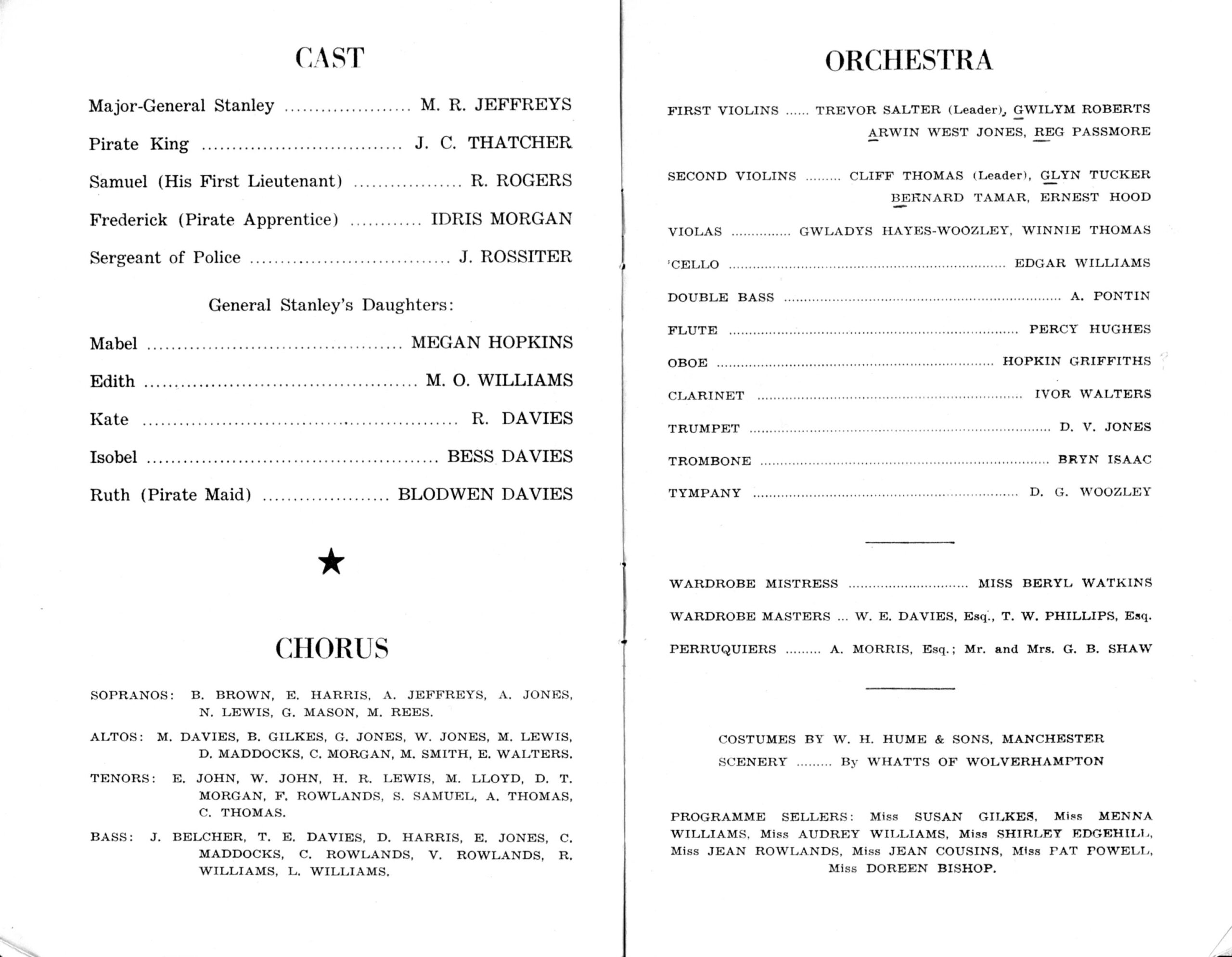
~
There was much excitement in the village, and the show was a success, and the enthusiasm given from the public inspired the Society to start rehearsals on the next show, the following year, which was to be ‘The Mikado’.
During that year in 1949, the Society and its members suffered a very sad loss when their well loved Musical Director, Mr Herbert Thomas passed away. He had been a major influence in the formation of the Society and his dedication to it had been truly exceptional in every way. He had always had the Society’s best interests at heart and would be difficult to replace.

Mr Glyn Davies, the new Accompanist, was the natural successor to Mr Herbert Thomas. The Society was proud and indeed very lucky that Mr Glyn Davies was keen, capable and fully accomplished to take on the position. Mr Cledwyn Richards was chosen as the new Accompanist and this partnership was very favourable and flourished for many shows in the future.
The 1950 production of ‘The Mikado’ marked a special year for the Society as it was the first year that Mr Glyn Davies took up the baton and led the orchestra and chorus as Musical Director. It was to be the first of many shows under Glyn’s leadership.
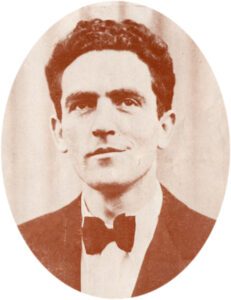
Glyn was a a quiet, unassuming gentleman who was a teacher in a Port Talbot school (but not of Music).
In his leisure time he was completely dedicated to the art of music and choral singing and all it entailed, including his proficiency in ‘Tonic Sol-fa’ transposing from ‘old notation’ music, which was to prove invaluable to the Society in the years to come.
=
Note: Tonic Sol-fa is a system of musical notation that uses syllables to represent the notes of the scale, eg – used in the musical ‘The Sound of Music’ – ‘do,re,mi,fa,so,la,ti,do’.
=
Many of the choristers in the Society were taught to read sol-fa in the chapels and churches.
Six performances were put on in The Miners’ Welfare Hall from Monday, May 1st to Saturday, May 6th 1950 and was another successful venture for the Society.
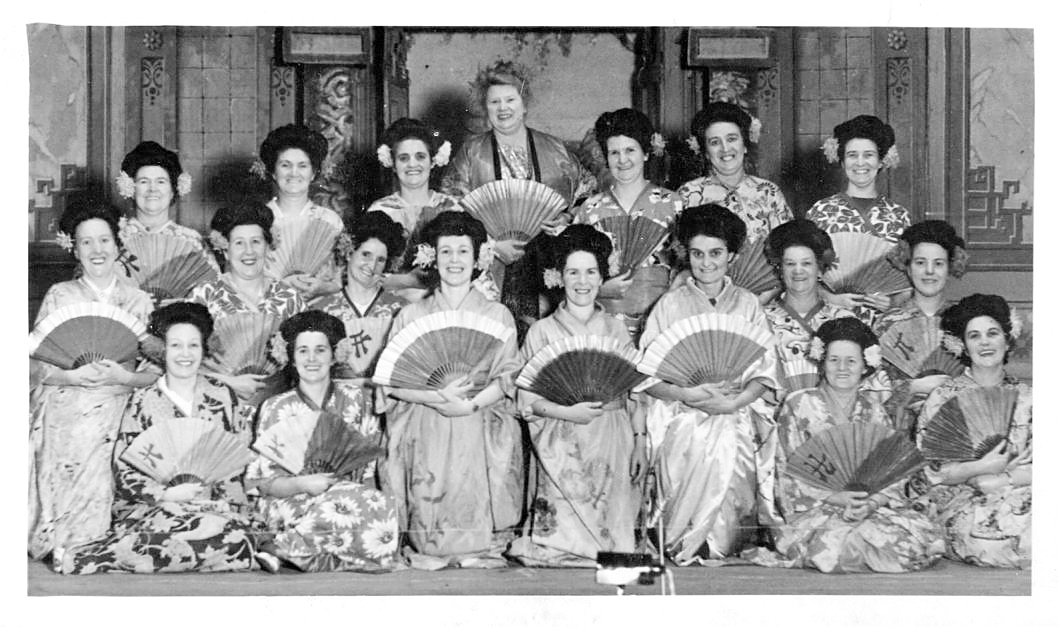
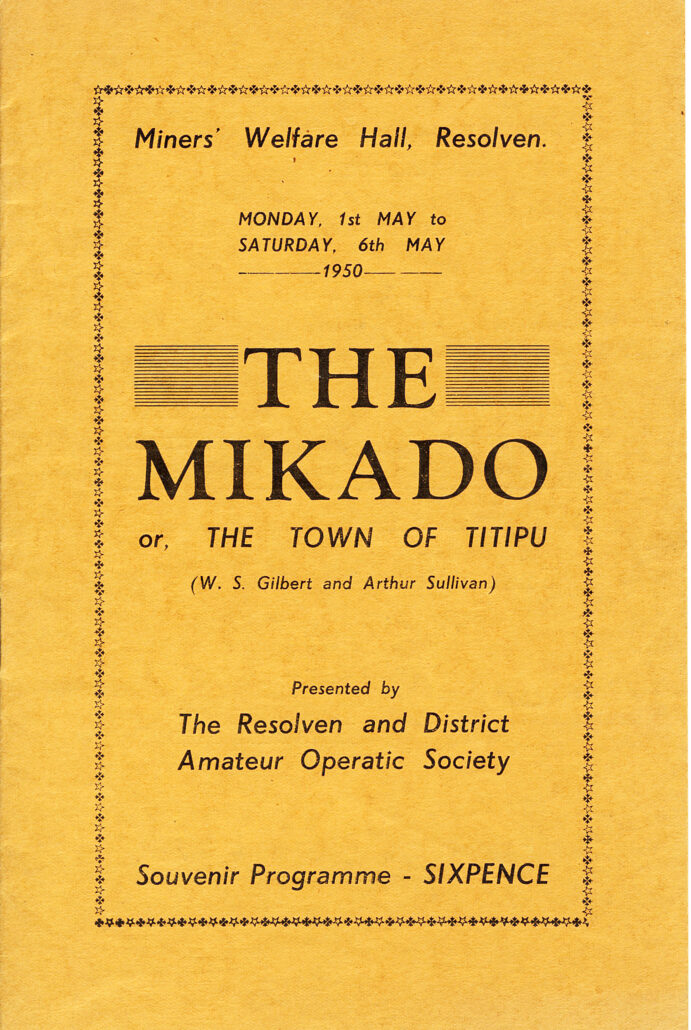
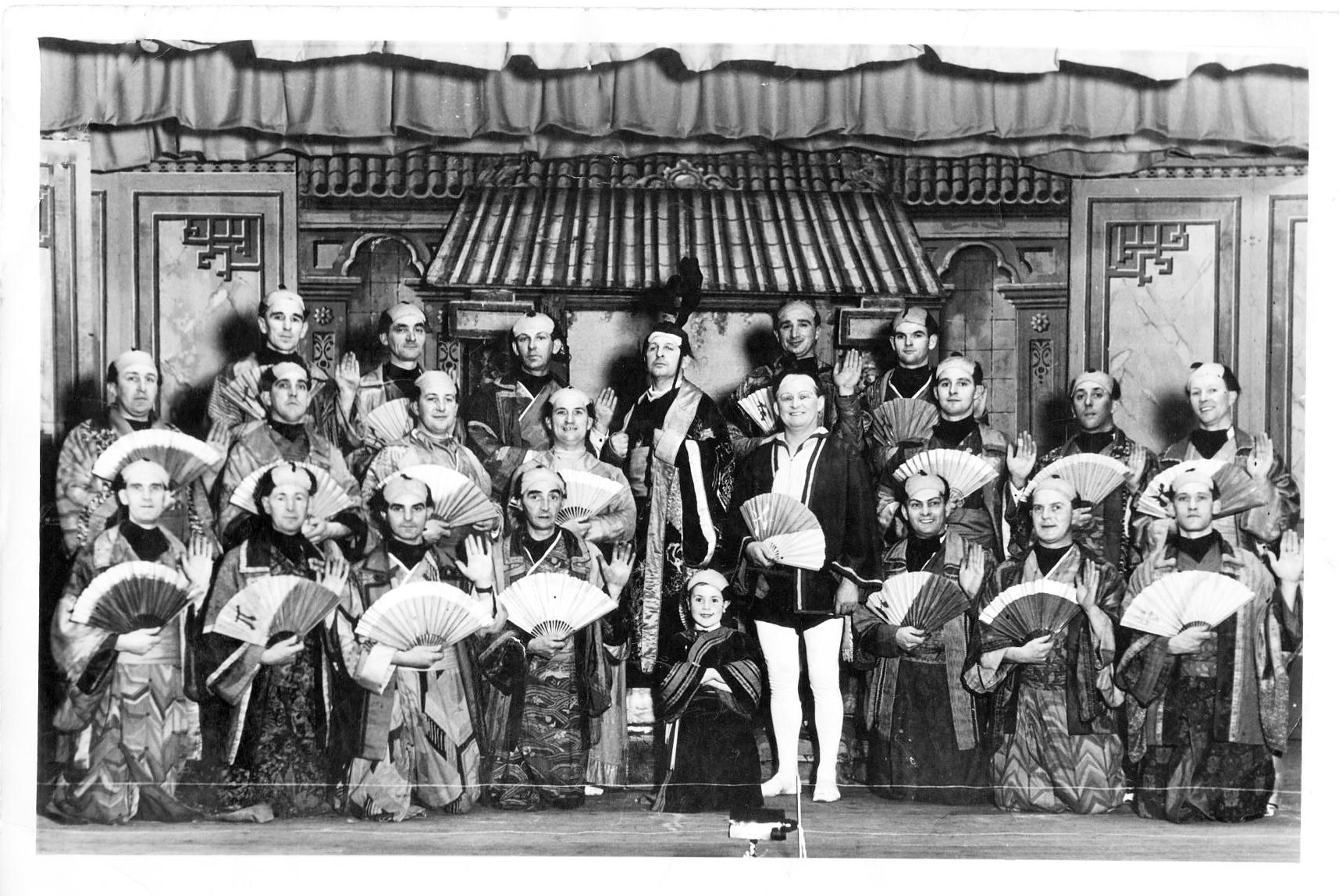
~
For its next show, the Society decided to attempt one of the more difficult of the Gilbert and Sullivan Operettas. ‘The Yeomen of the Guard’ which was written more in the style of Grand Opera.
For ‘Yeomen’ chorus members comprised of 8 Sopranos, 10 Altos, 9 Tenors and 8 Bass. And the large cast of characters were all local to the area.
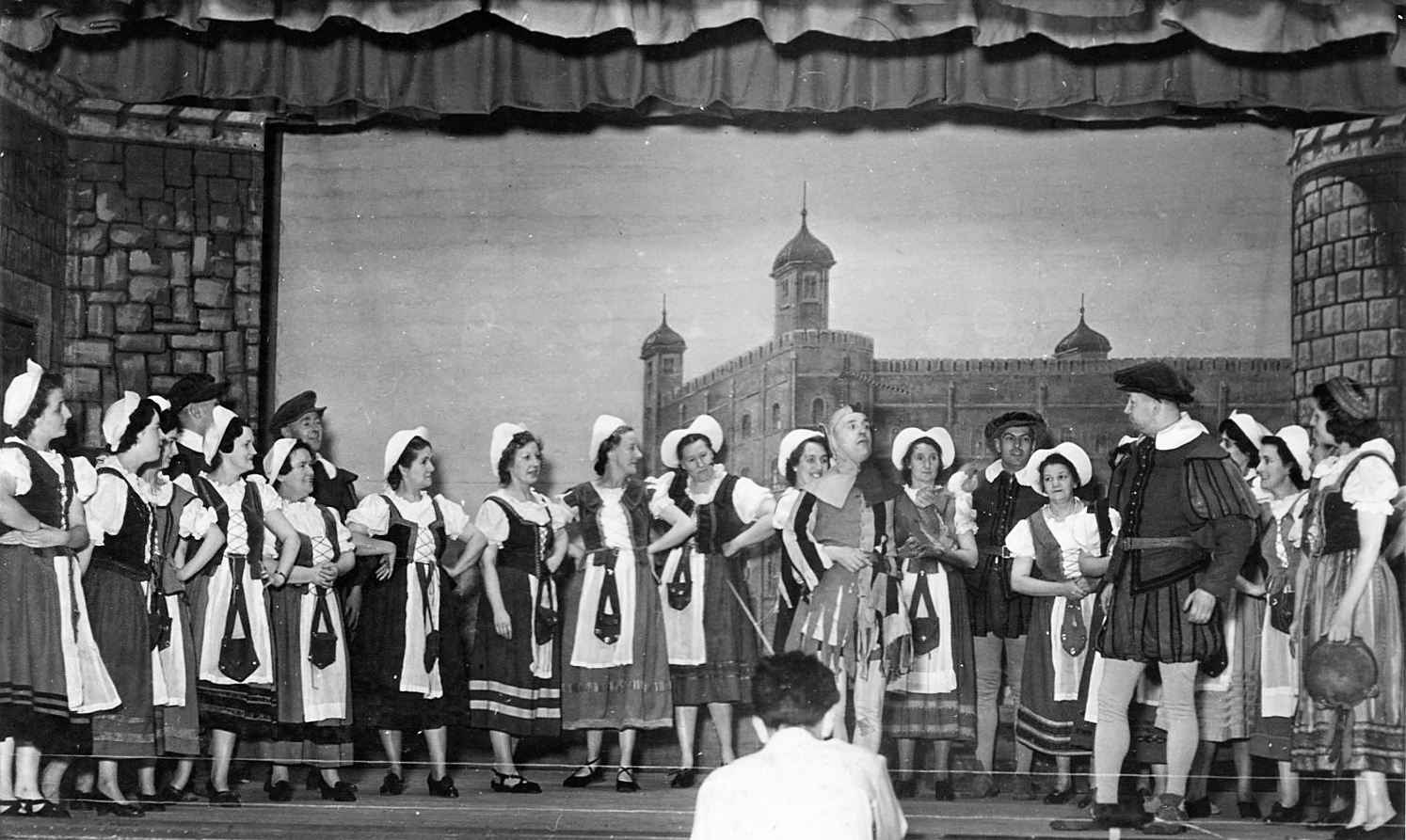
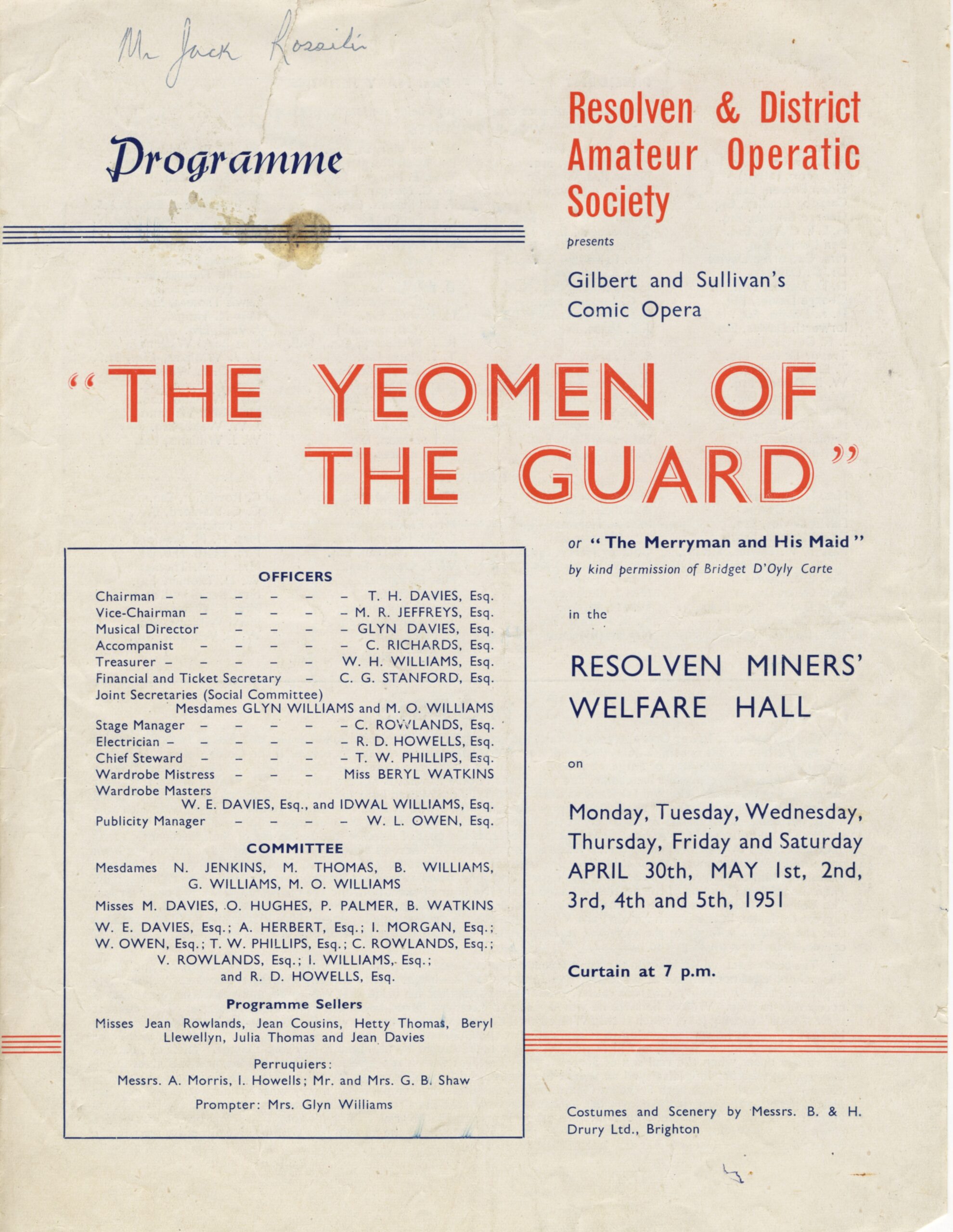
Mr Chegwidden had left the area therefore the Society had to find a new Producer. Mr John McCloy was chosen to undertake the role of the Producer and he proved to be quite a strict disciplinarian to all the cast and chorus.
There was a great deal of rehearsals and committee meetings and the Society was indebted to the Welsh Churches for the loan of their Vestries. The Society was also grateful for the use of the halls of the British Legion and the Resolven YMCA.
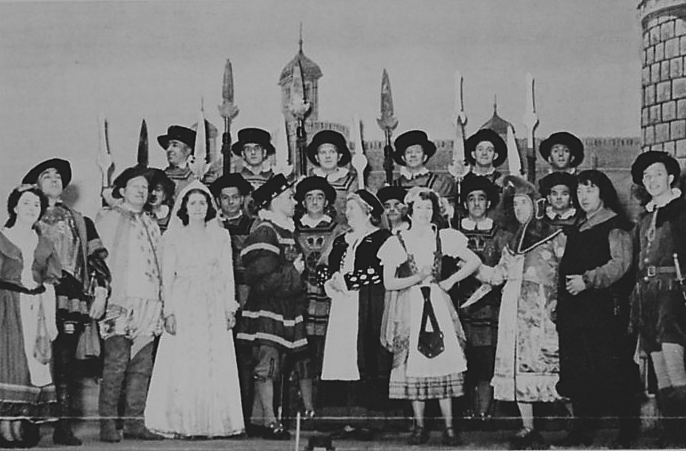
‘The Yeomen of the Guard’ was performed from Monday April 30th to Saturday May 5th 1951.
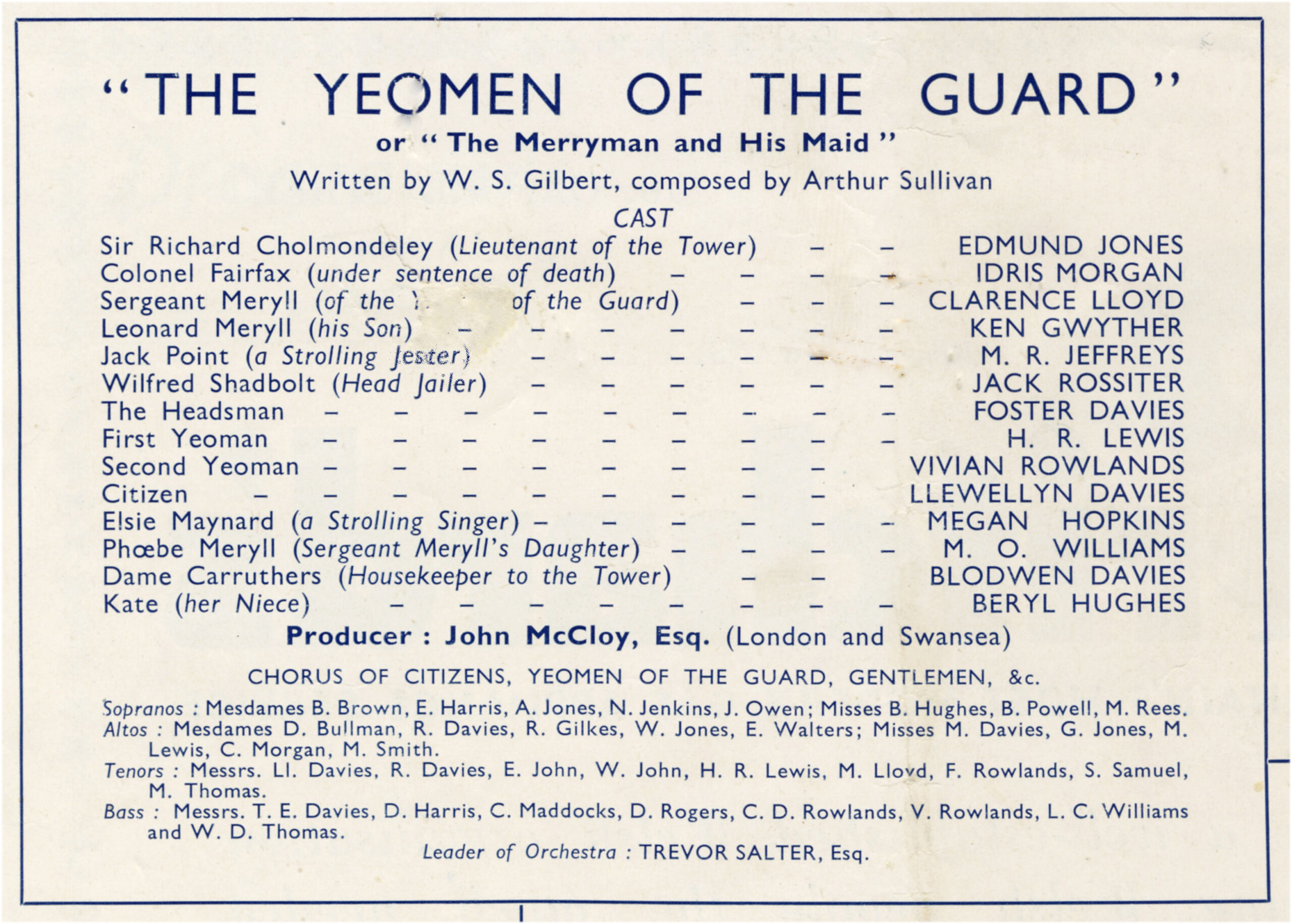
It was quite an experience for the Society but was well received and enjoyed, even though it was a lesser known Operetta by the partnership of Gilbert and Sullivan.
The Society was now gaining a reputation for good choral singing and talented individual artists and this produced an appreciation from audiences who travelled from far and wide to see the productions.
Before the performances, tickets were much in demand and the Society played to a full Miners’ Welfare Hall almost every evening of ‘Opera Week’ as it became known.
~
After another success, rehearsals commenced for ‘Ruddigore’, an operetta which, again, was not performed as often as other Gilbert and Sullivan productions due mainly to some technical and stage difficulties. Part of the story of the show required a particular stage set with character ancestors coming out of their portraits placed around the walls of the scenery. This was a challenge for all involved in the production.
The scenery for Resolven & DAOS was hired and it was no easy task to carry the scenery through the back entrance of the Welfare Hall and up four flights of concrete steps on the narrow staircase. Sometimes, on occasions, the scenery was brought through the hall via emergency exit doors.
=
Note: In 1887 when ‘Ruddigore’ was first performed, there were a number of unusual difficulties in the second Act. During this Act the stage was plunged into darkness for the ‘Ghost Scene’ whereby the Ancestors are reincarnated and come to life from the paintings. Mr Arthur Sullivan, who was conducting the Operetta, was unhappy because the Actors were unable to see his Baton from the stage. However, a technical solution was found by Mr Sullivan, he used a Glass Tube Baton containing a platinum wire that glowed red in the dark. Surely a genius idea in 1887.
=
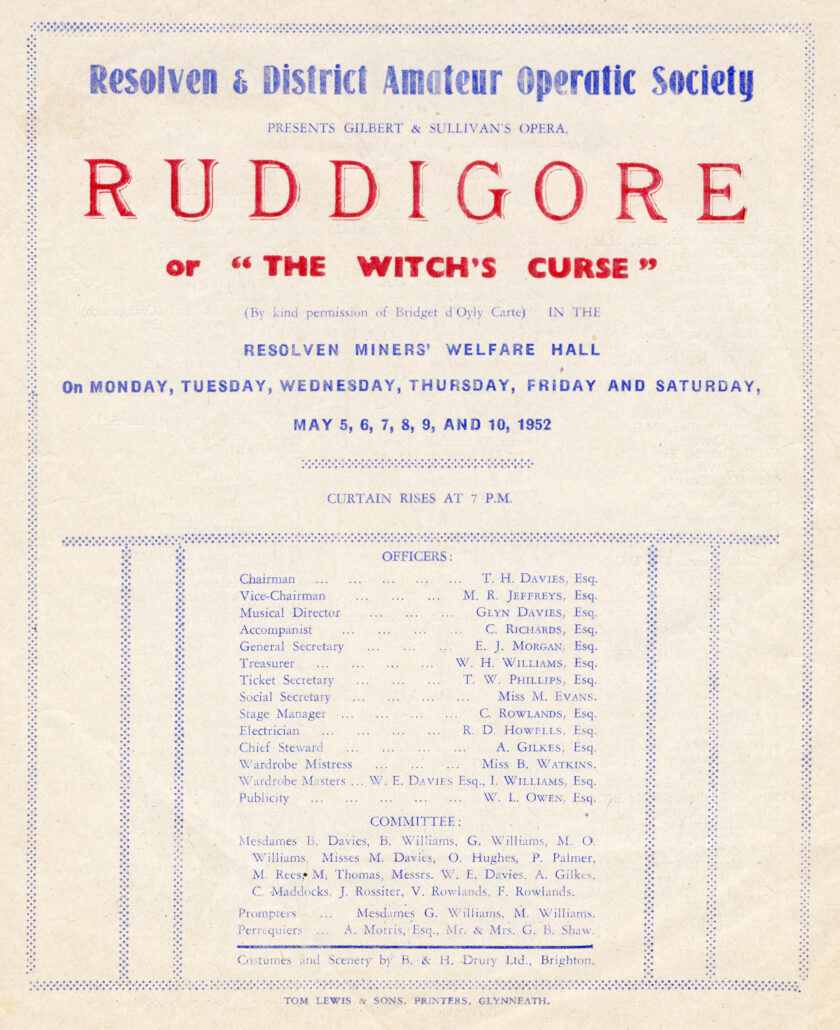
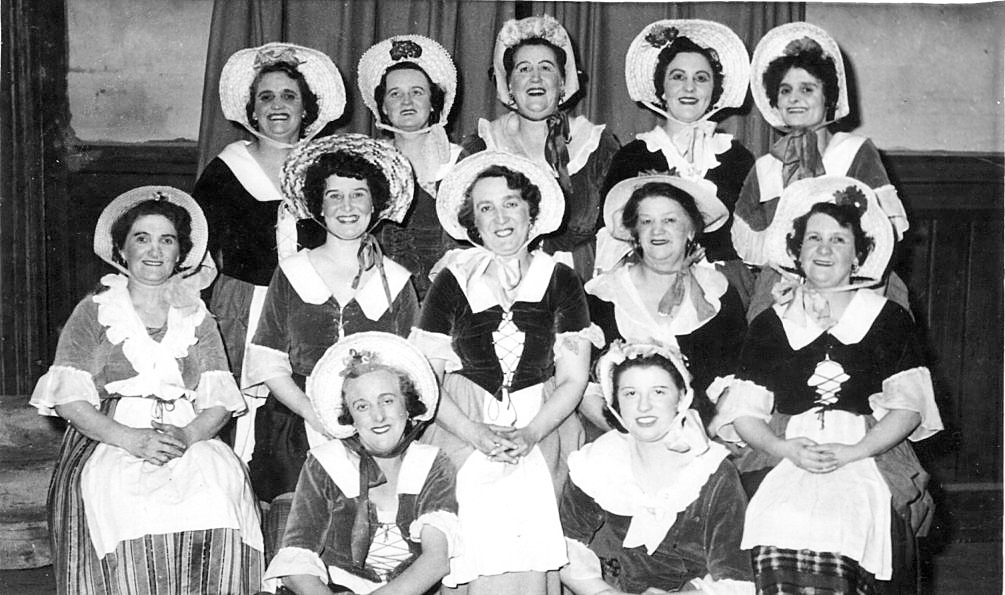
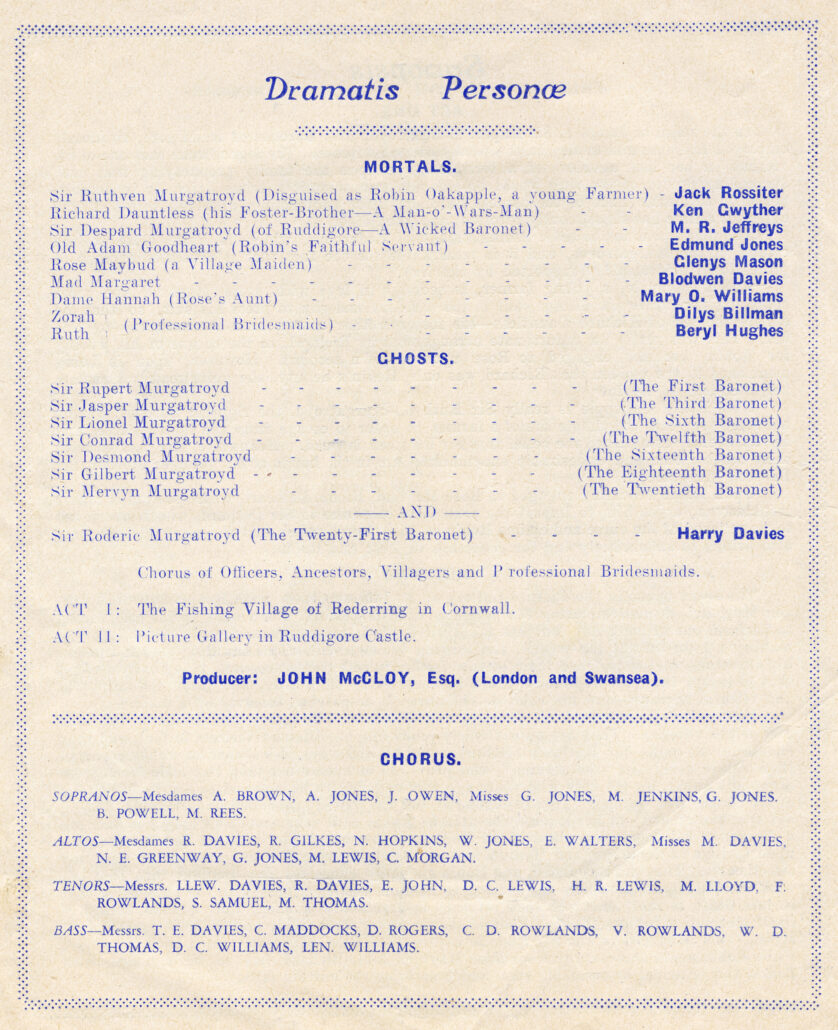
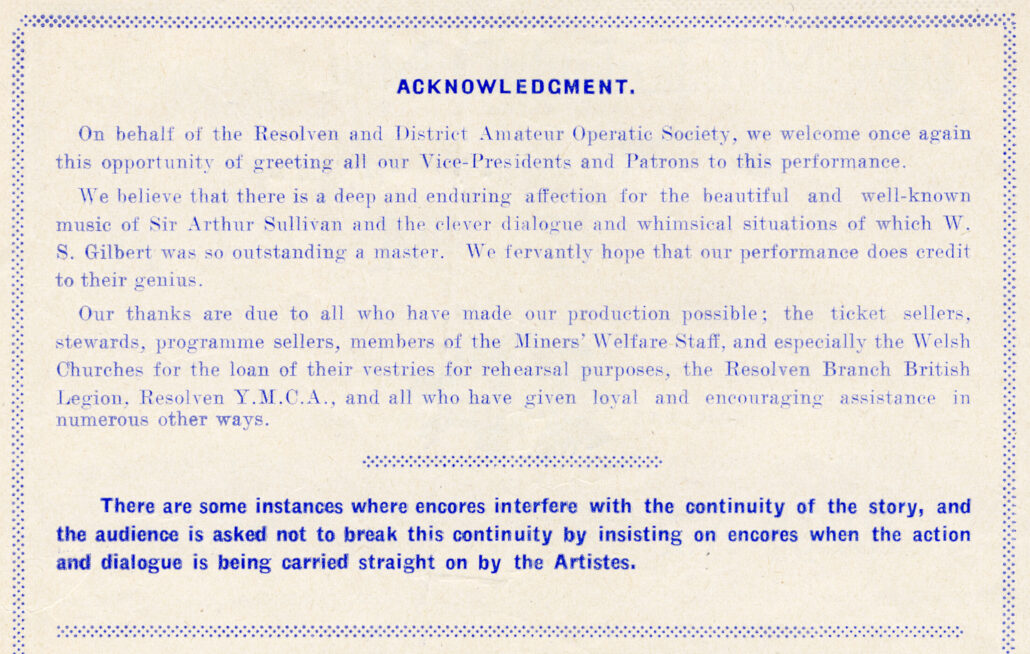
Once again, Mr John McCloy was the Producer and the performances were held at the Miners’ Welfare Hall from May 4th to May 10th 1952. During the week of the show, the Social Committee served tea and biscuits for the cast, chorus, orchestra and stage helpers during the interval. The interval developed into quite a social occasion when many former members and visitors came back stage to see and compliment the performers.
About a month before the Resolven production in May 1952, members of the Society travelled to the Bristol Hippodrome to see a matinee performance of ‘Ruddigore’ performed by the professional D’Oyly Carte Company who specialised in the Operettas of Gilbert and Sullivan. This visit proved to be a very enjoyable and rewarding experience which was repeated for the following two years.
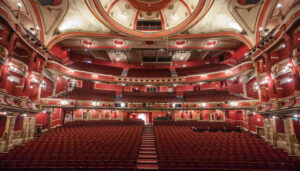
=
Note: The D’Oyly Carte Company was established on the D’Oyly Carte Island, a privately owned small piece of land situated right in the middle of the River Thames in London. It was named after Richard D’Oyly Carte who owned the island in the late 1800’s and he invited his friends, W S Gilbert, the Lyricist and Arthur Sullivan, the Musician to visit. He was keen to hold performances on the island and allowed the two gentlemen to practice and perform their newly written Operettas on the island. These productions were different and a clever, refreshing change from grand opera, and became extremely successful.
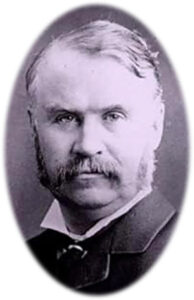

.
The D’Oyly Carte Company today, (in operatic circles), is a world renowned society that still uses the name and they perform G & S Operettas all over the world.
Gilbert and Sullivan produced 14 operettas over the 25 years they were together. Summer Concerts and local societies are still performing on the D’Oyly Carte island in 2025. (Post Code KT13 8LX).
.m
.
=
.
Mr Richard Jones from Penrhiwceiber returned to produce ‘Ruddigore’ for R&DAOS and the dates of perfomances were May 4th – May 9th, 1953.
‘Ruddigore’ was a more serious show with haunting music, and difficult chorus numbers but was still enjoyable, especially for visiting Societies.
~
One of the most popular and entertaining of all the G & S operettas was decided upon for the 1953 production, ‘The Gondoliers’.
Worthy of note was the strange feature which showed that the G & S partnership was very different from other productions in that, it was understood, encouraged, and allowed, that during any performance of G & S, some of the dialogue could be changed to be relevant to the time it was being performed, with comedy anecdotes on any subject but those mainly making fun of political or topical issues. Whenever possible, Resolven & District Amateur Operatic Society embraced this feature in their performances.
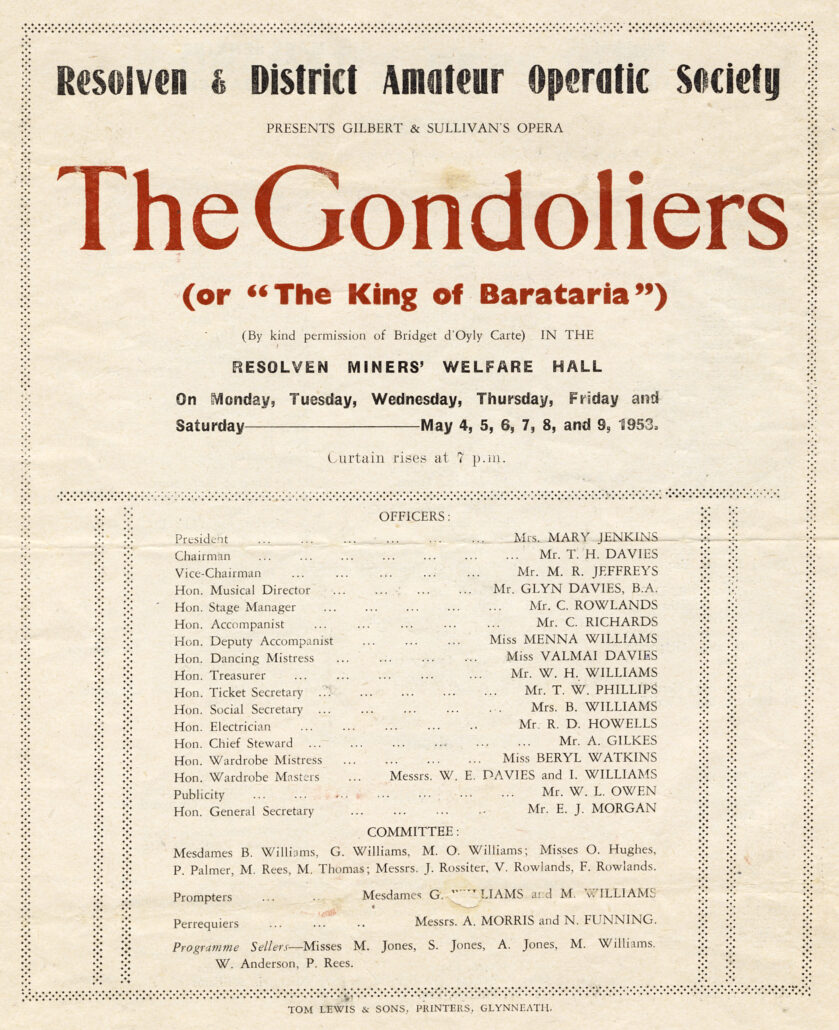
For the first time in the history of the Society a dancing mistress was appointed, and the Society was fortunate in having the services of Miss Valmai Davies who set a high standard from the beginning. Talent obviously was in abundance in the family of Miss Davies as she was the sister of the Musical Director, Mr Glyn Davies, and the daughter of Mr T H Davies, who had been Chairman of the Society since its re-formation in 1948. Miss Menna Williams as Deputy Accompanist was also appointed and Mr Neville Funning joined the back stage members of the Society with Mr Arthur Morris as a Perruquier (Make-up artist).
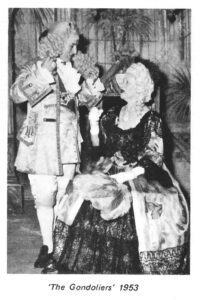
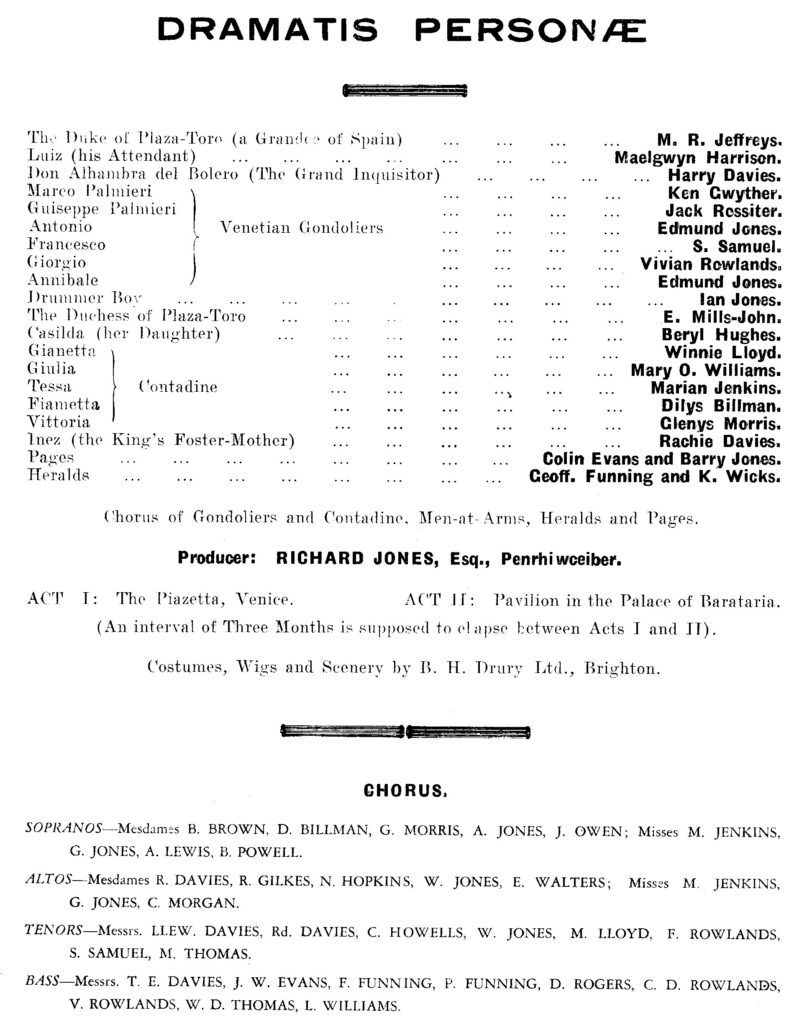
Mr Richard Jones, Penrhiwceiber returned as the producer for ‘The Gondoliers’ and performance dates were May 4th – May 9th, 1953.
The Gondoliers was a very entertaining show, for the audience and for the Society, with its colourful costumes, clever musical numbers and very lively dancing routines.
During the Summer of 1953, the chorus were asked to take part in performances of ‘Bethlehem’ by Rutland Boughton, a choral drama, that would be held in the Autumn. It was to be a joint venture, as soloists taking part were from Briton Ferry AOS, while the chorus were from Resolven and District AOS. Rehearsals took place under Mr Glyn Davies. The final rehearsals and the performances were all musically exciting and conducted by Mr George Barker, Covent Garden, London. Three performances took place, at Morriston, Llanelli Market Hall and Resolven Miners’ Welfare Hall. It was an unforgettable and special experience for the members of the chorus who took part.
~
In 1954, the Society’s decided to depart from their G & S tradition, and perform the charming music of Edward German’s ‘Merrie England’.
The President of the Society, Mrs M Jenkins left the village and Mr T H Davies, the former Chairman was unanimously chosen as President. Mr Idwal Williams replaced him as Chairman.
Practices for cast and chorus were well advanced when Mr Glyn Davies was taken ill, and spent time in hospital. He made an excellent recovery but the production of ‘Merrie England’ had to be postponed until 1955.
The Resolven and District Amateur Operatic Society and ‘Opera Week’ was now an eagerly awaited favourite in village culture. In the years to come, the Society, and particularly the Chorus would become so established under the baton of Mr Glyn Davies that they were able to put the name of Resolven firmly back on the musical map of Wales.
Of course, the name had already been known much earlier, due to the three Doctors of Music who all hailed from Resolven.
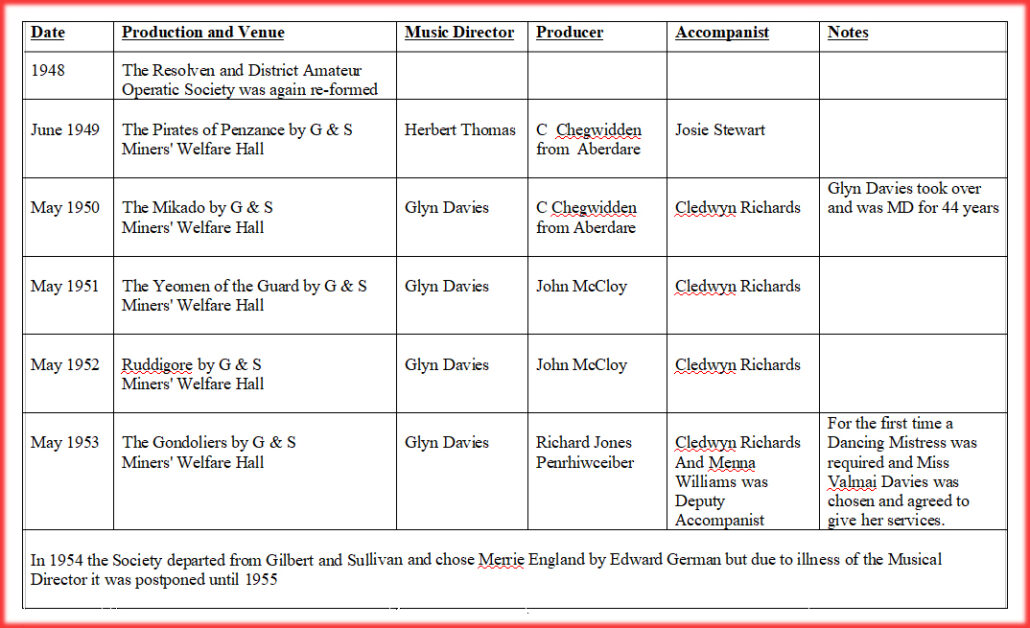
~ ~
Some information taken from ‘Resolven Operatic Society’ – ‘A History from 1925 ~ 1976’ by Nesta Hopkins with additional information from Owen & Christine Davies. Compiled by Lorna & Hugh Lewis.
~ ~ ~ ~
/to be continued – with Part 3

